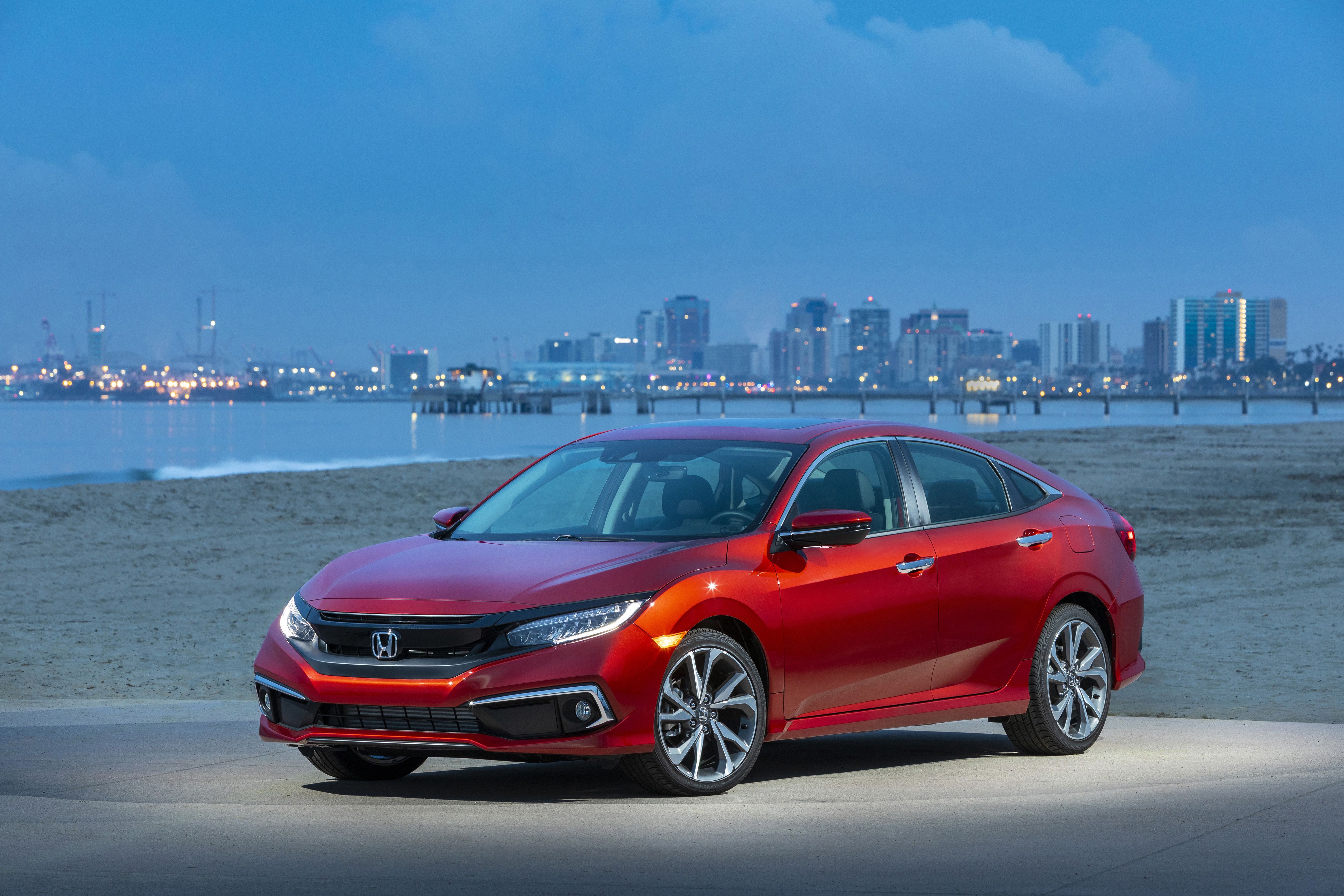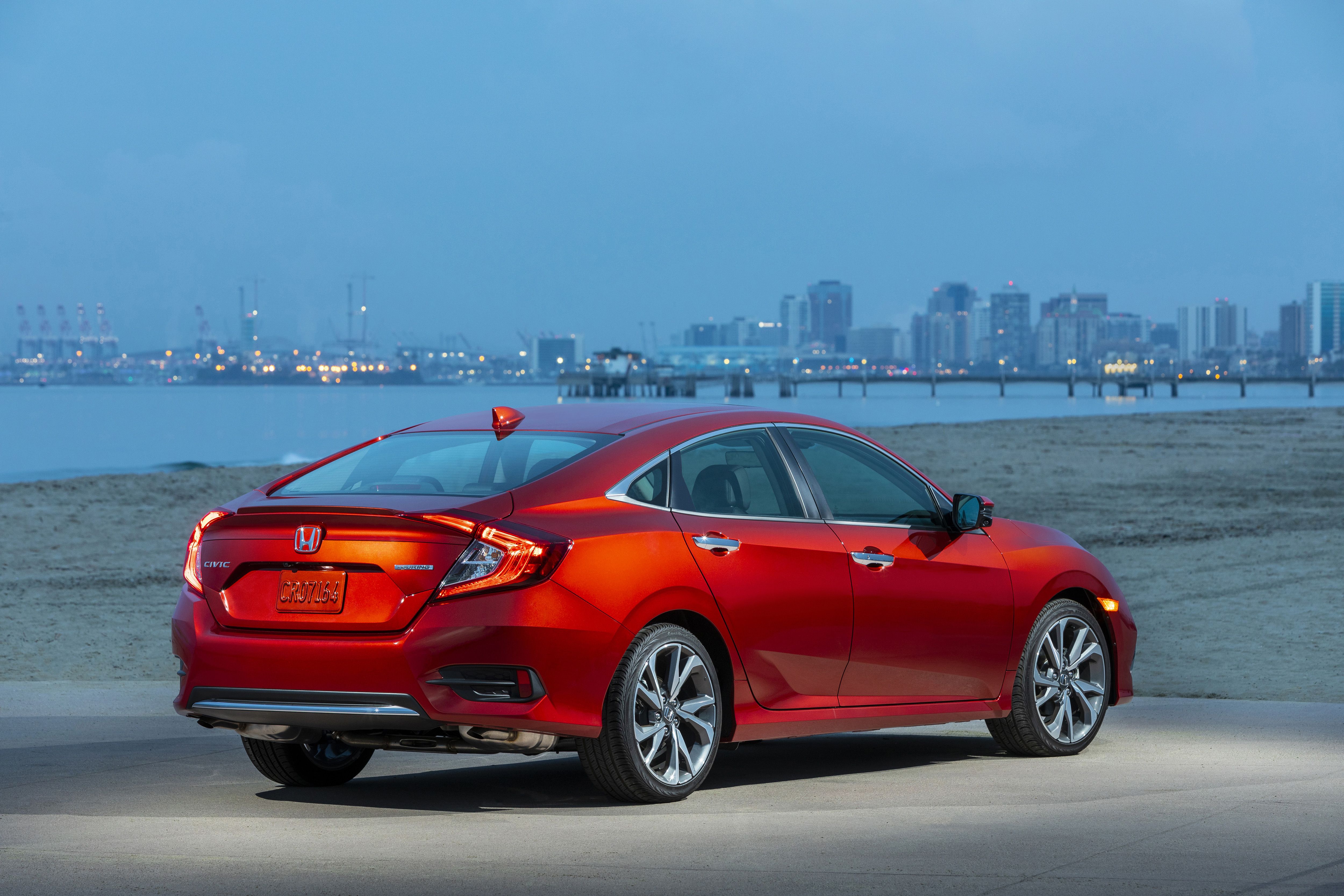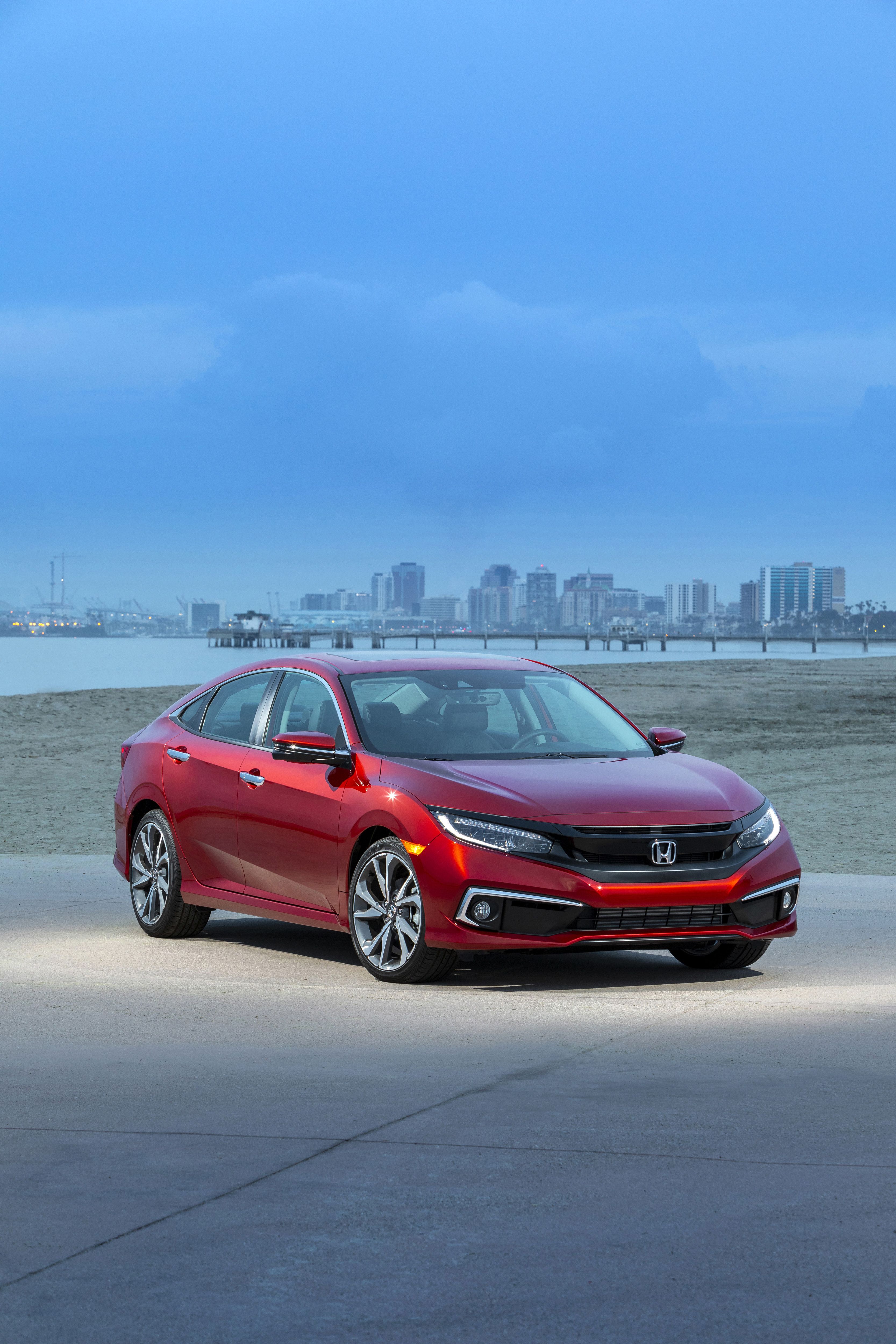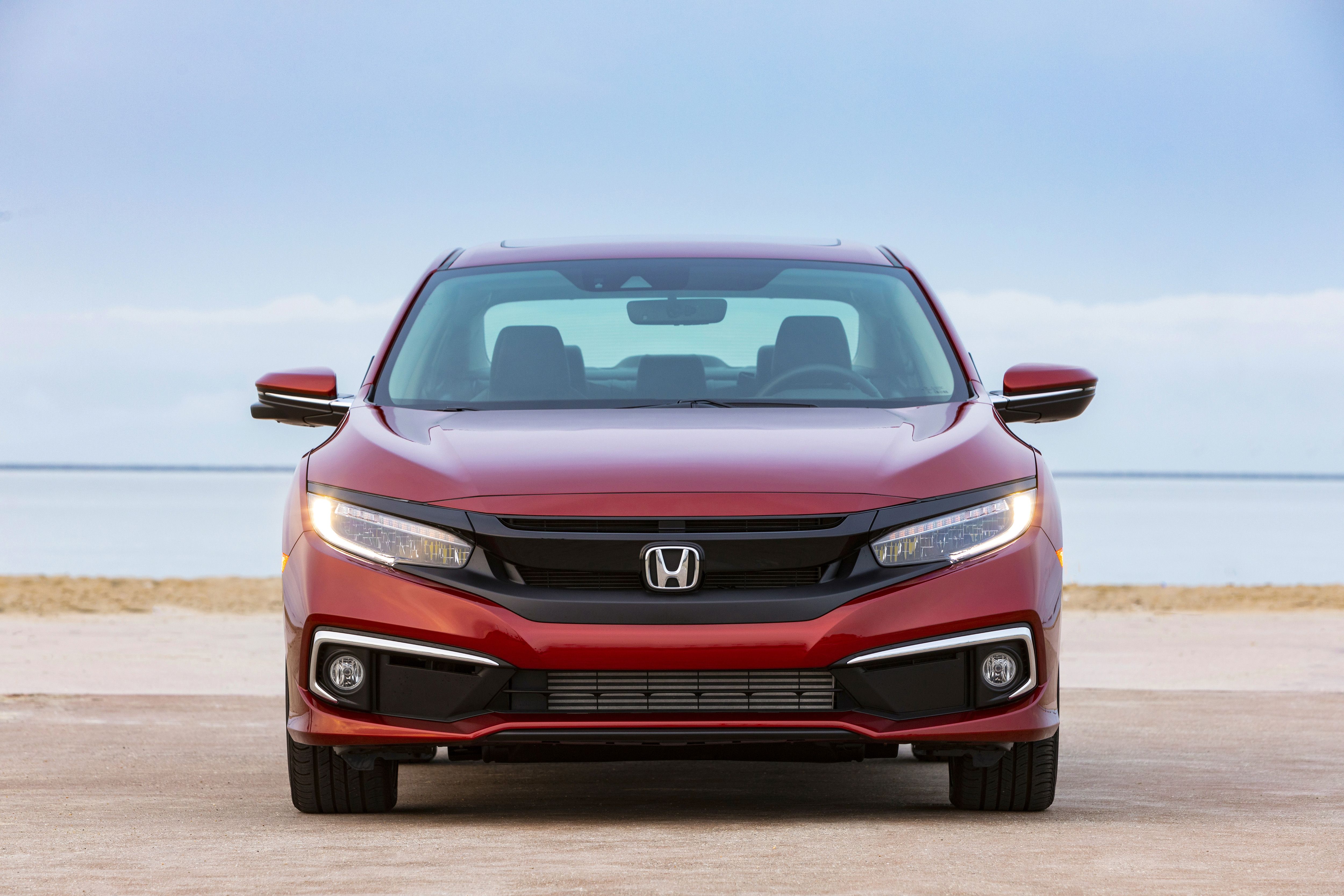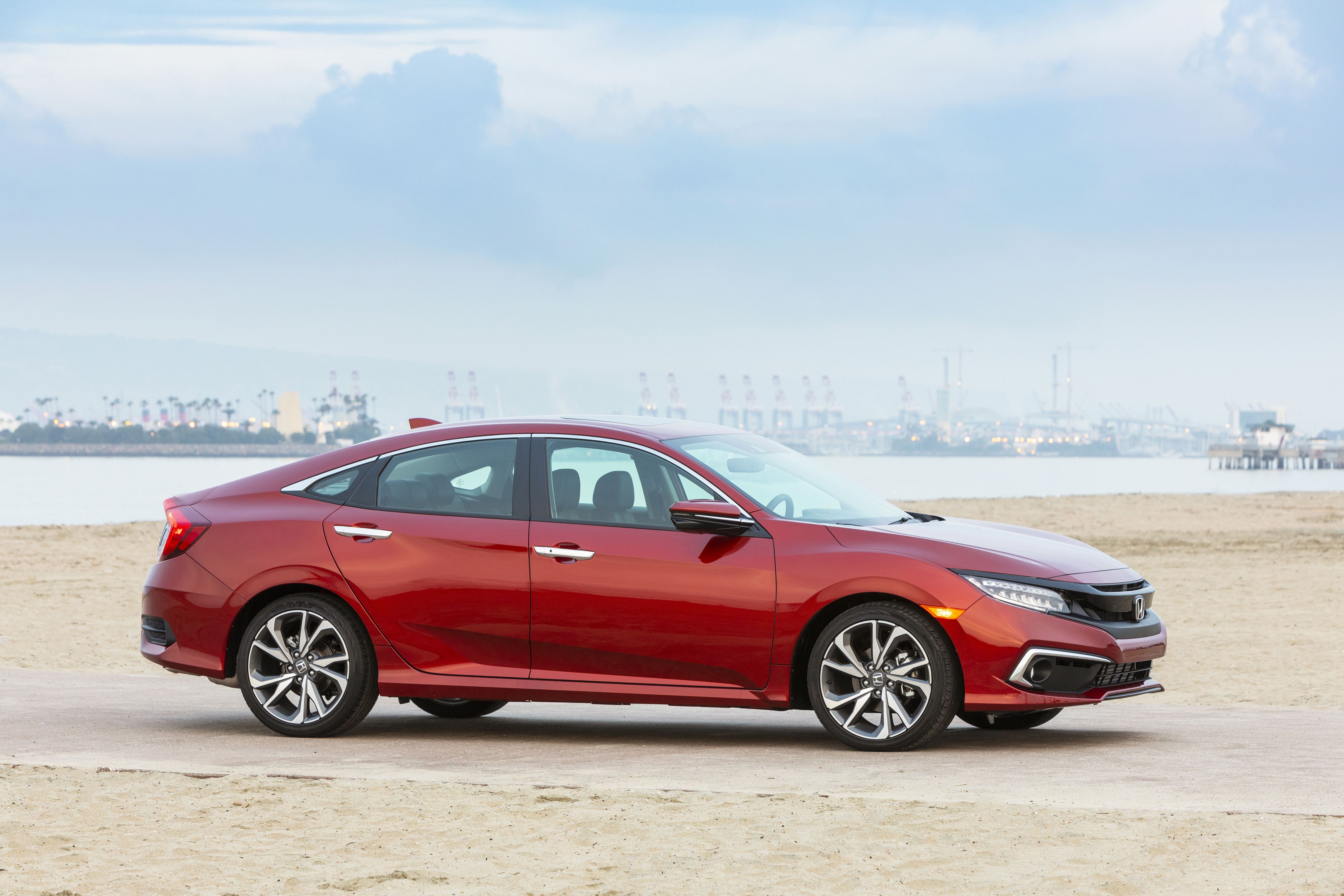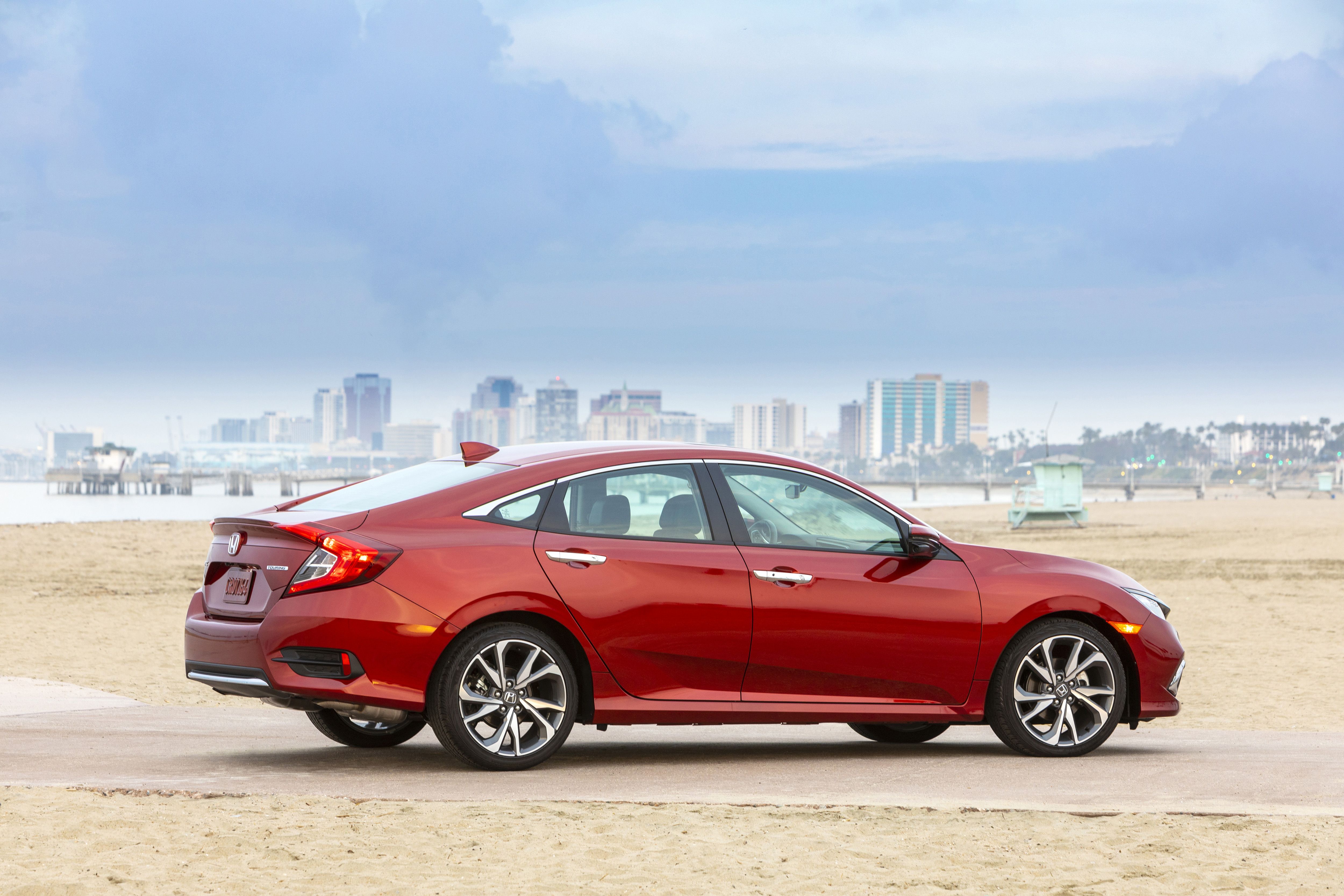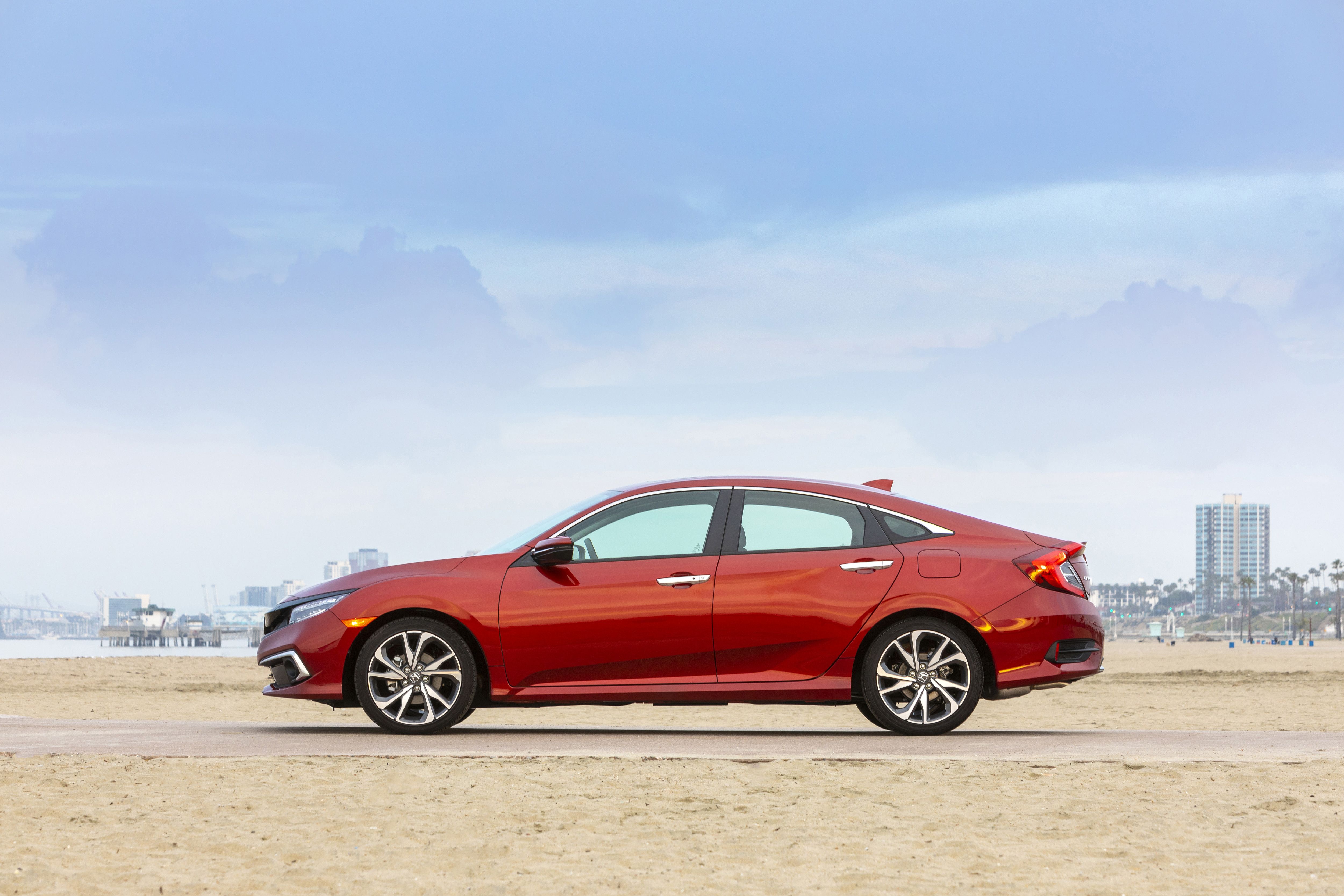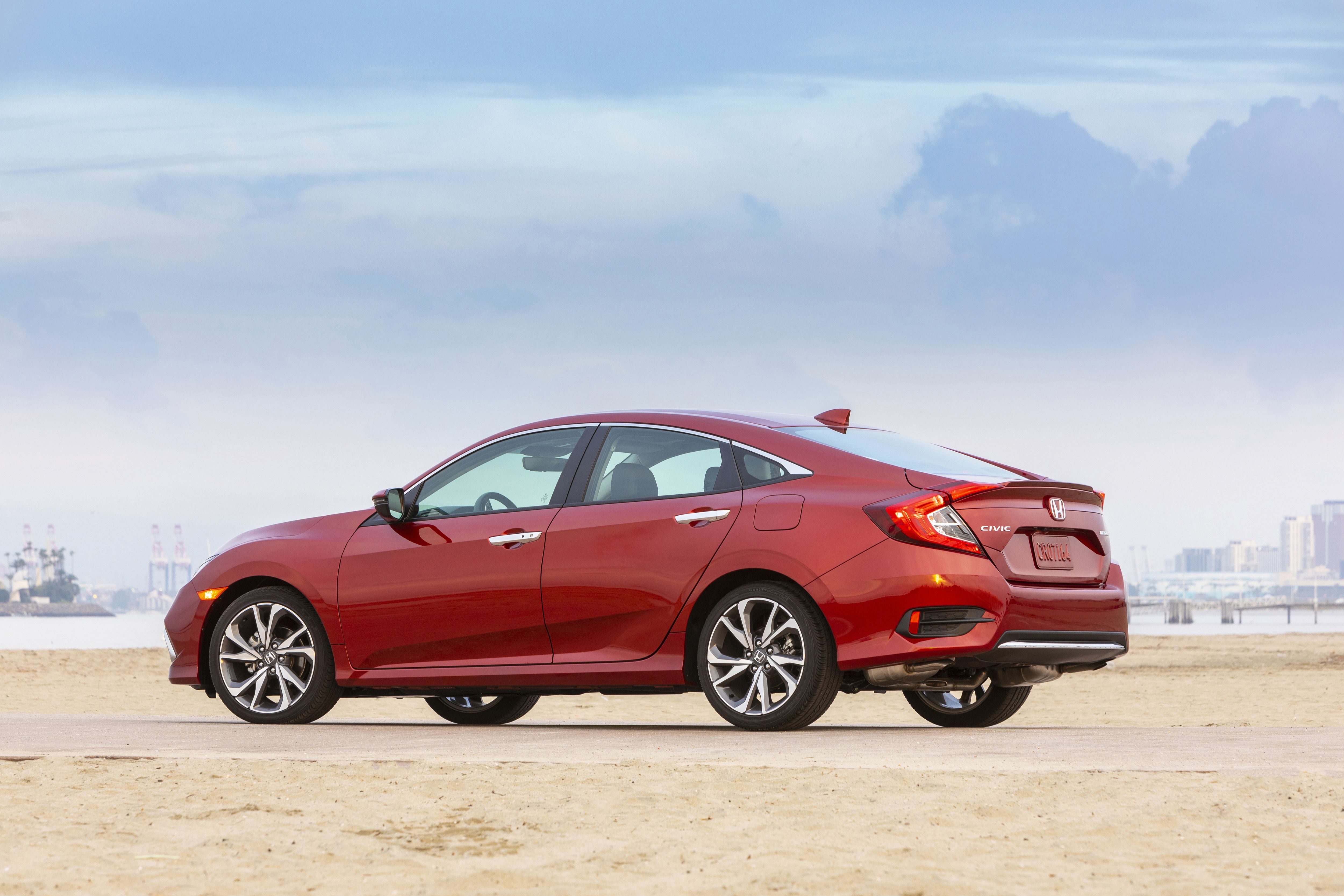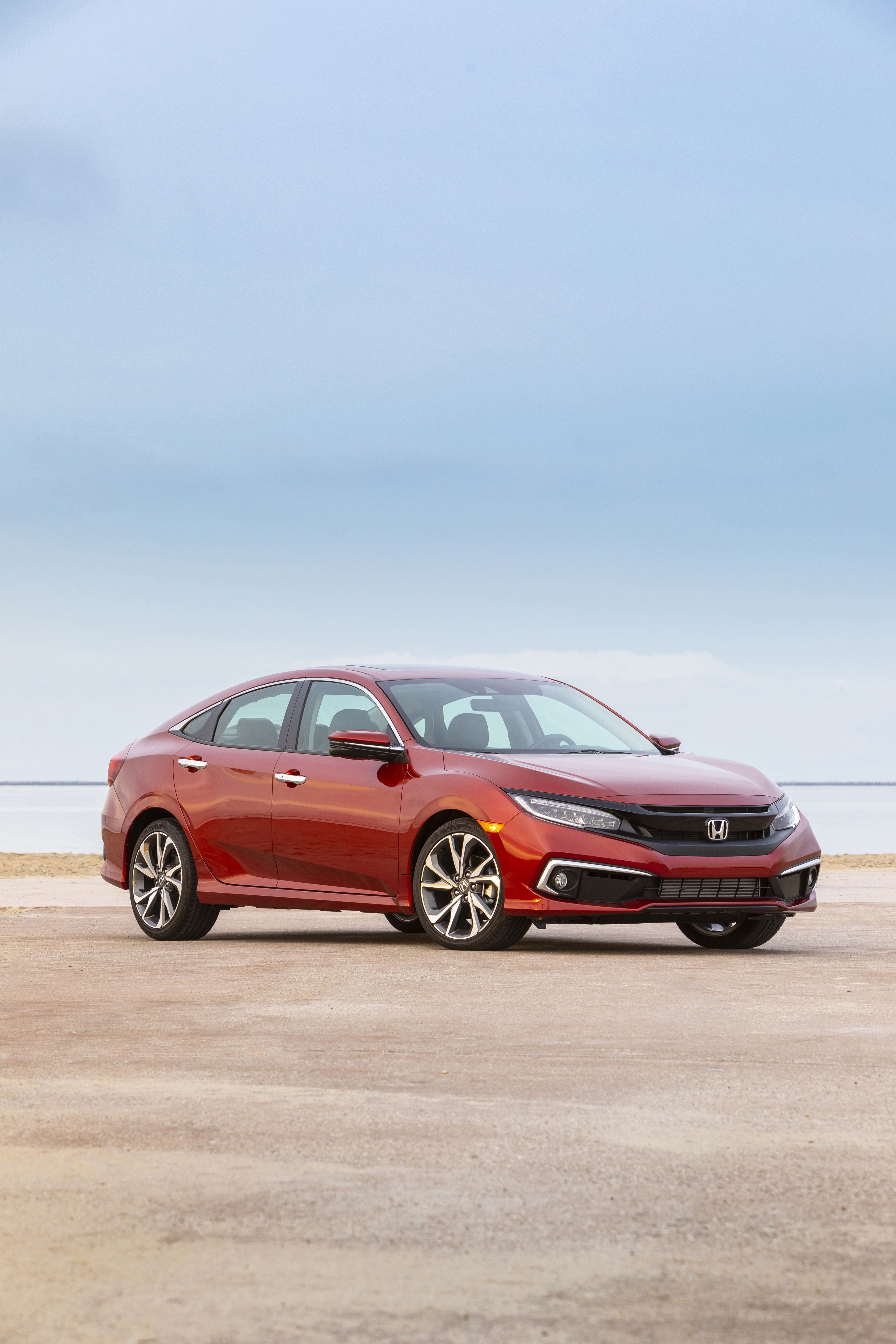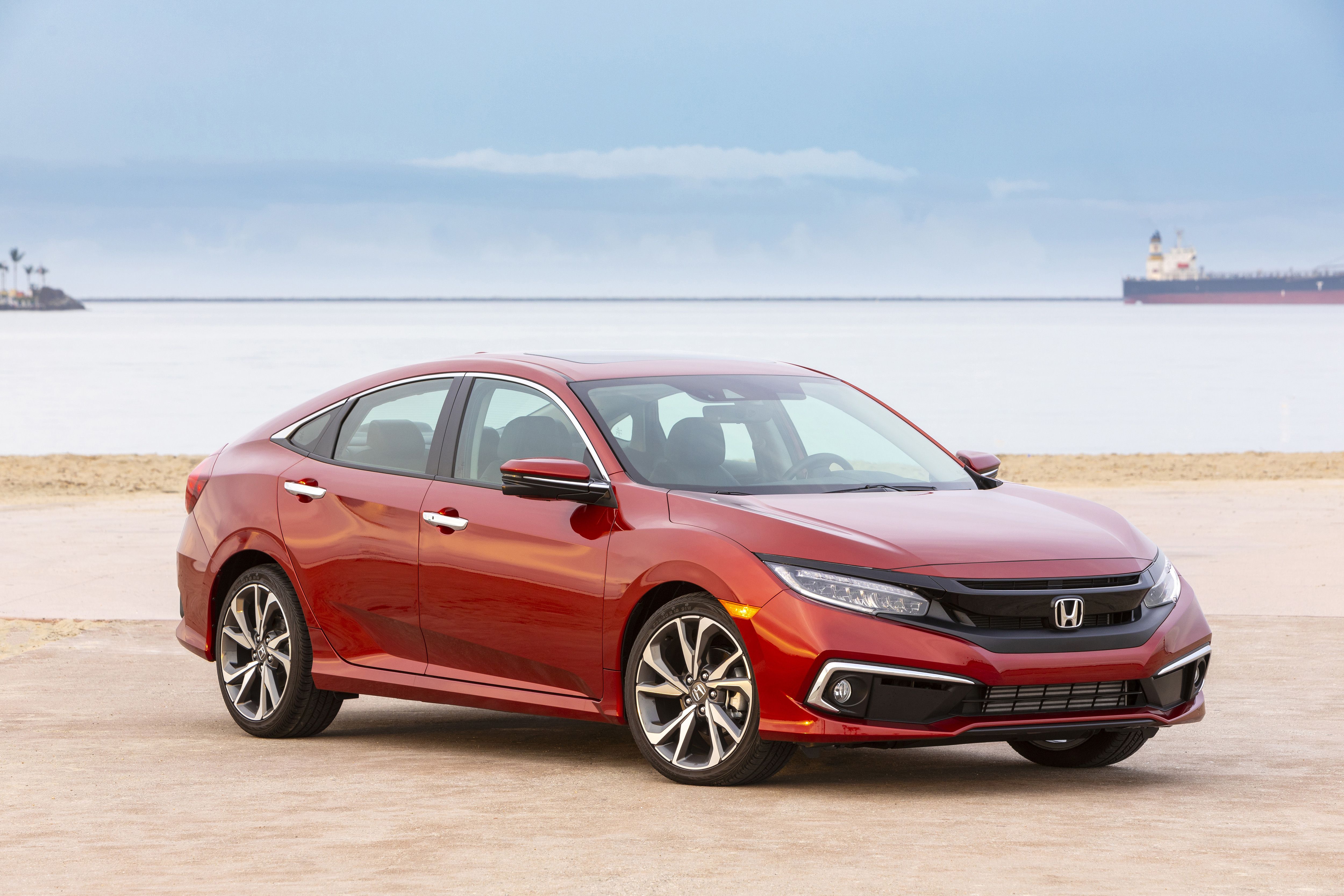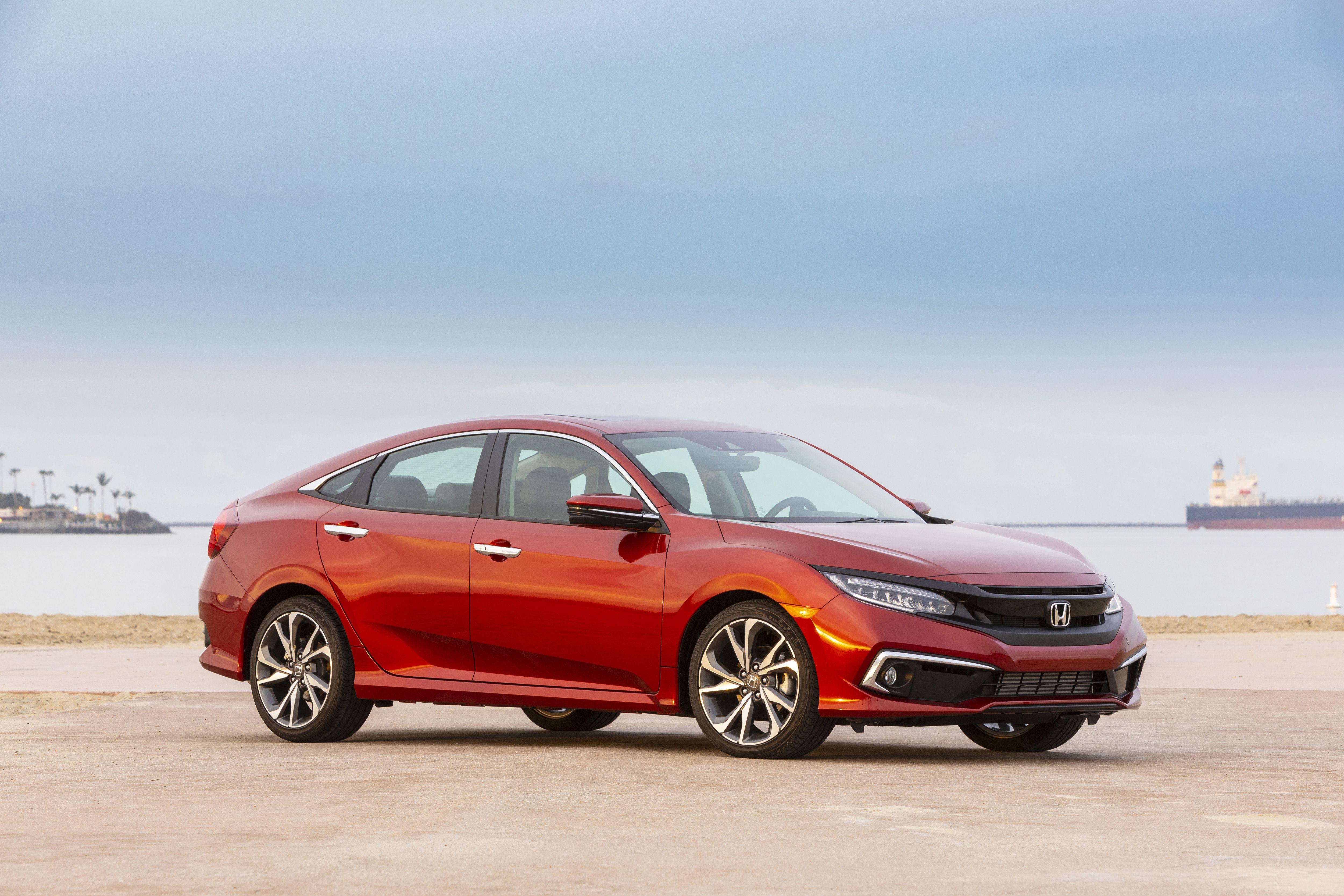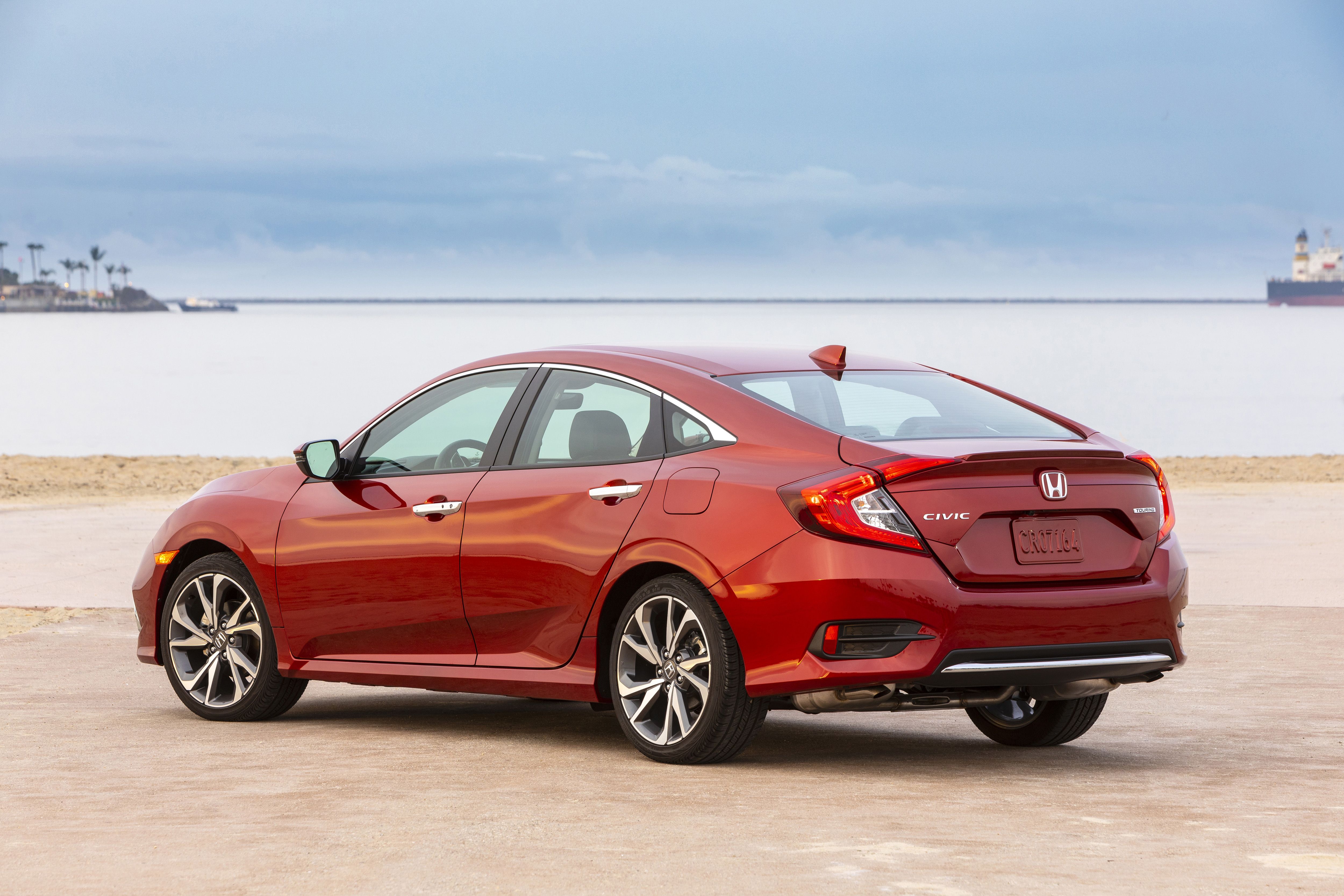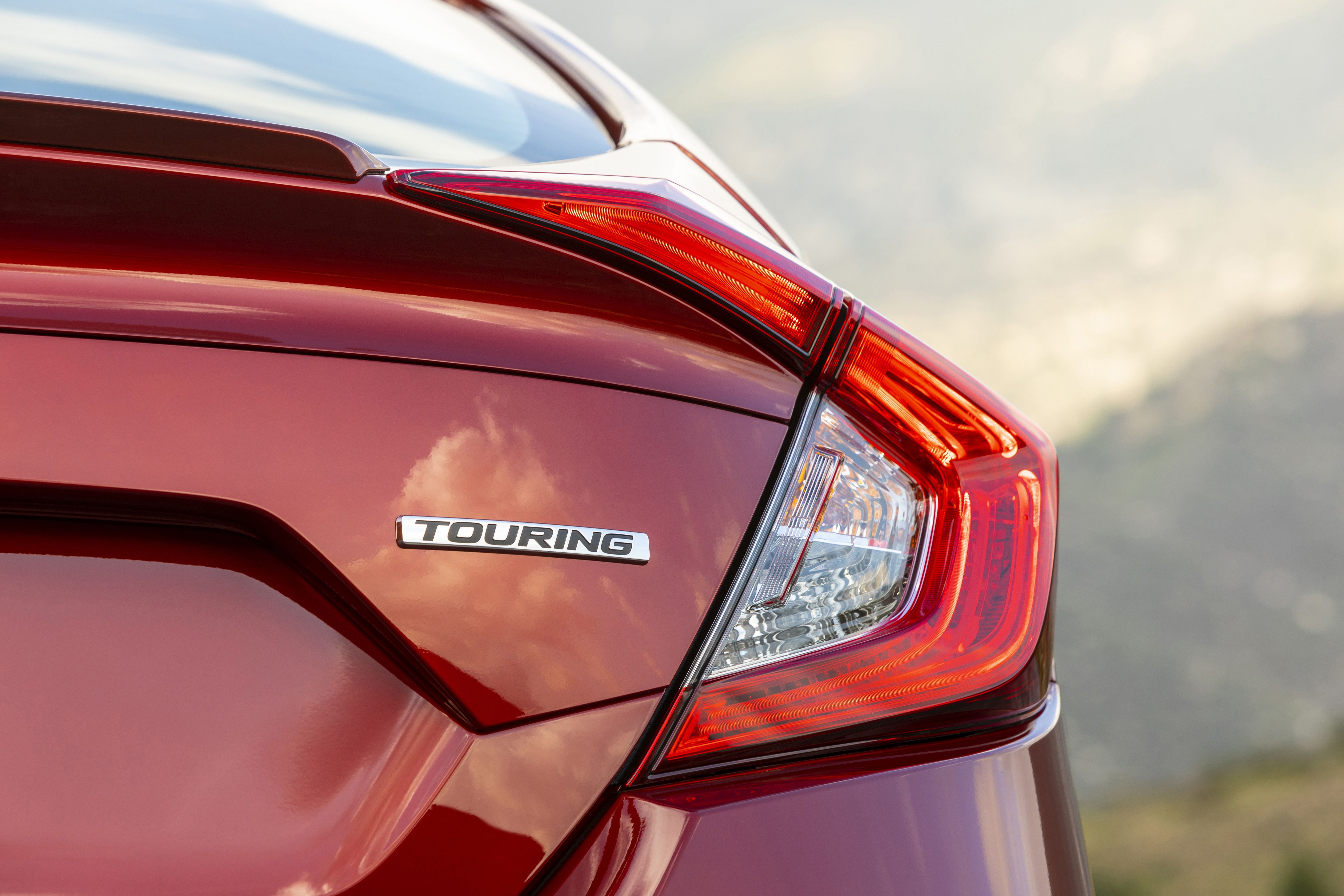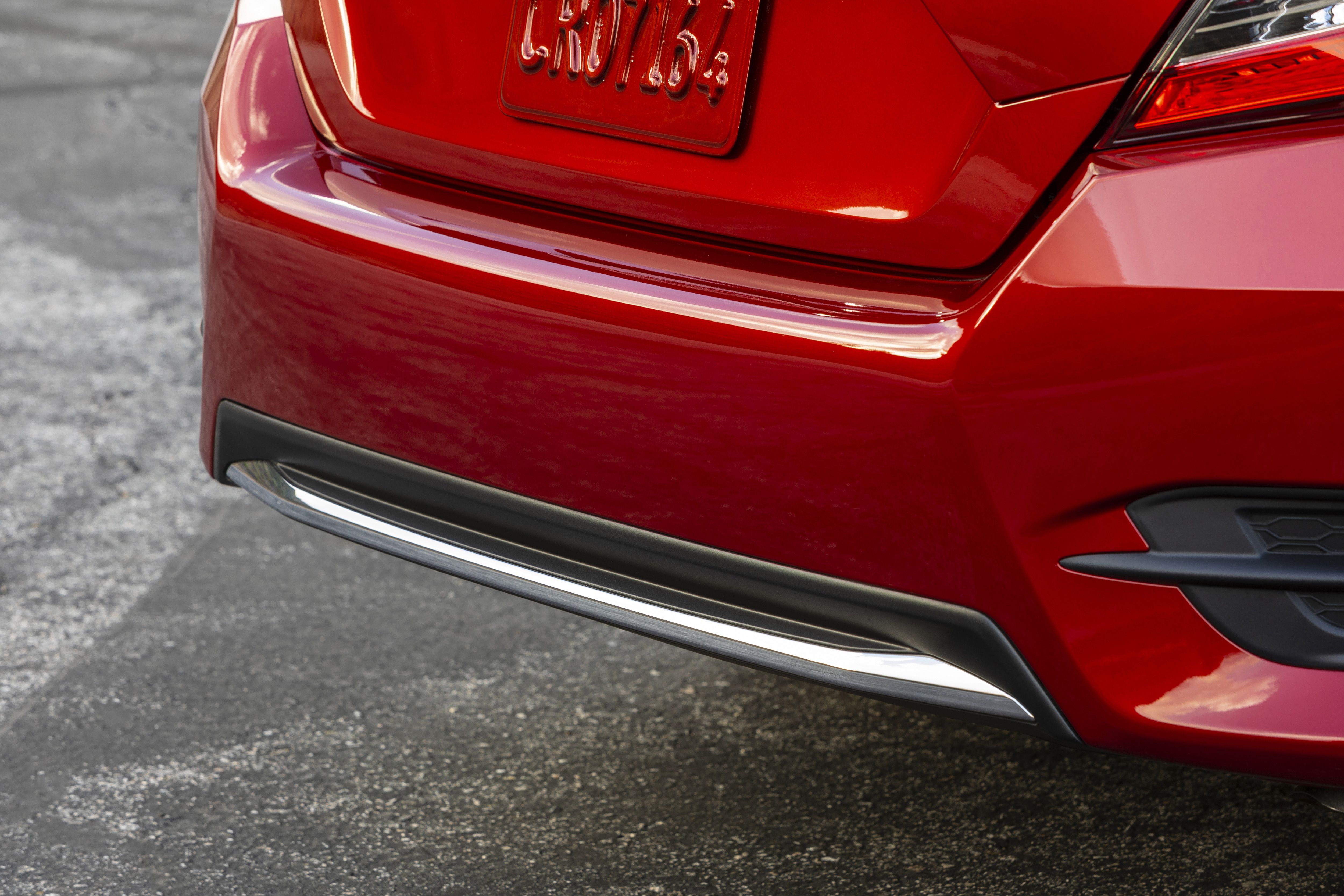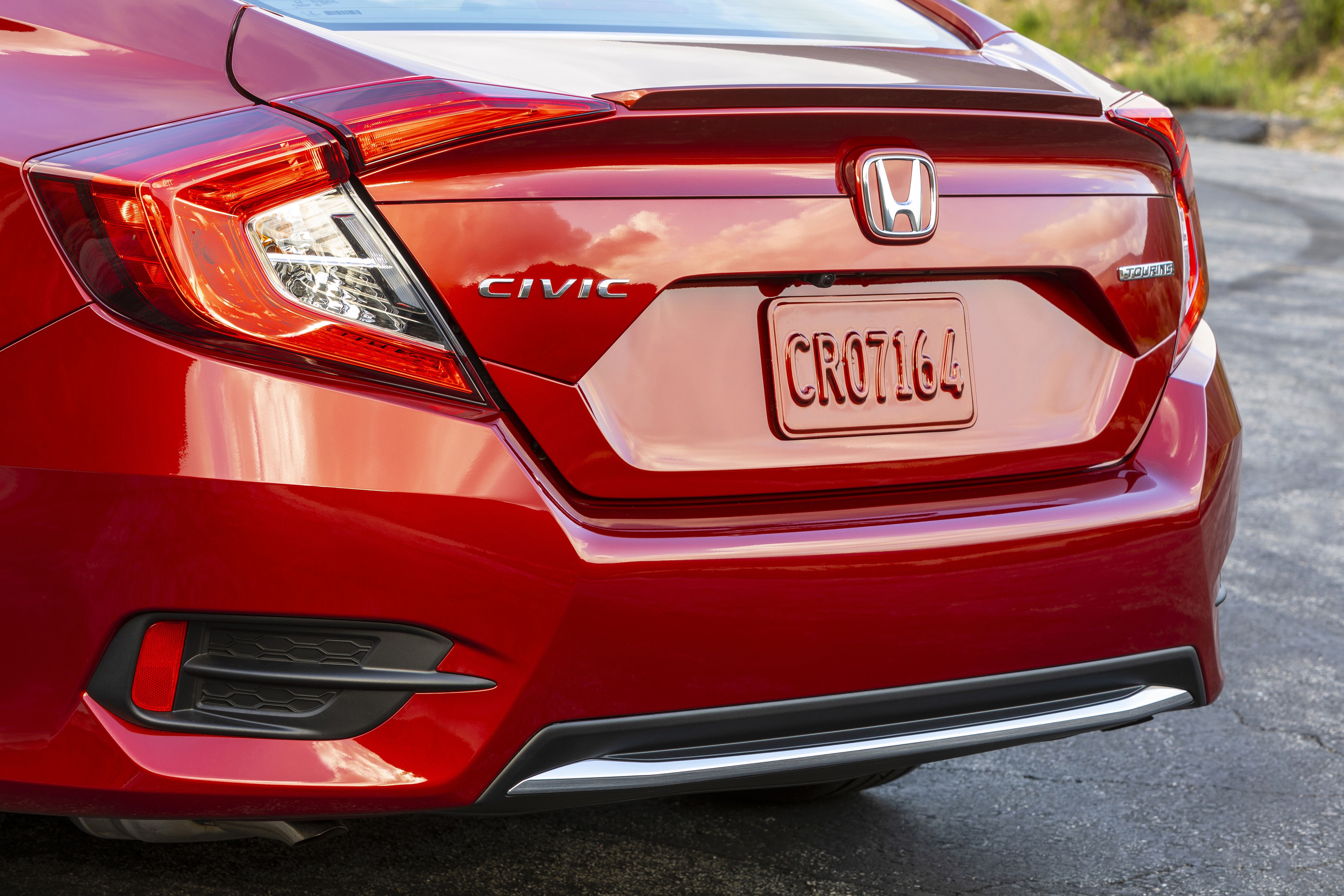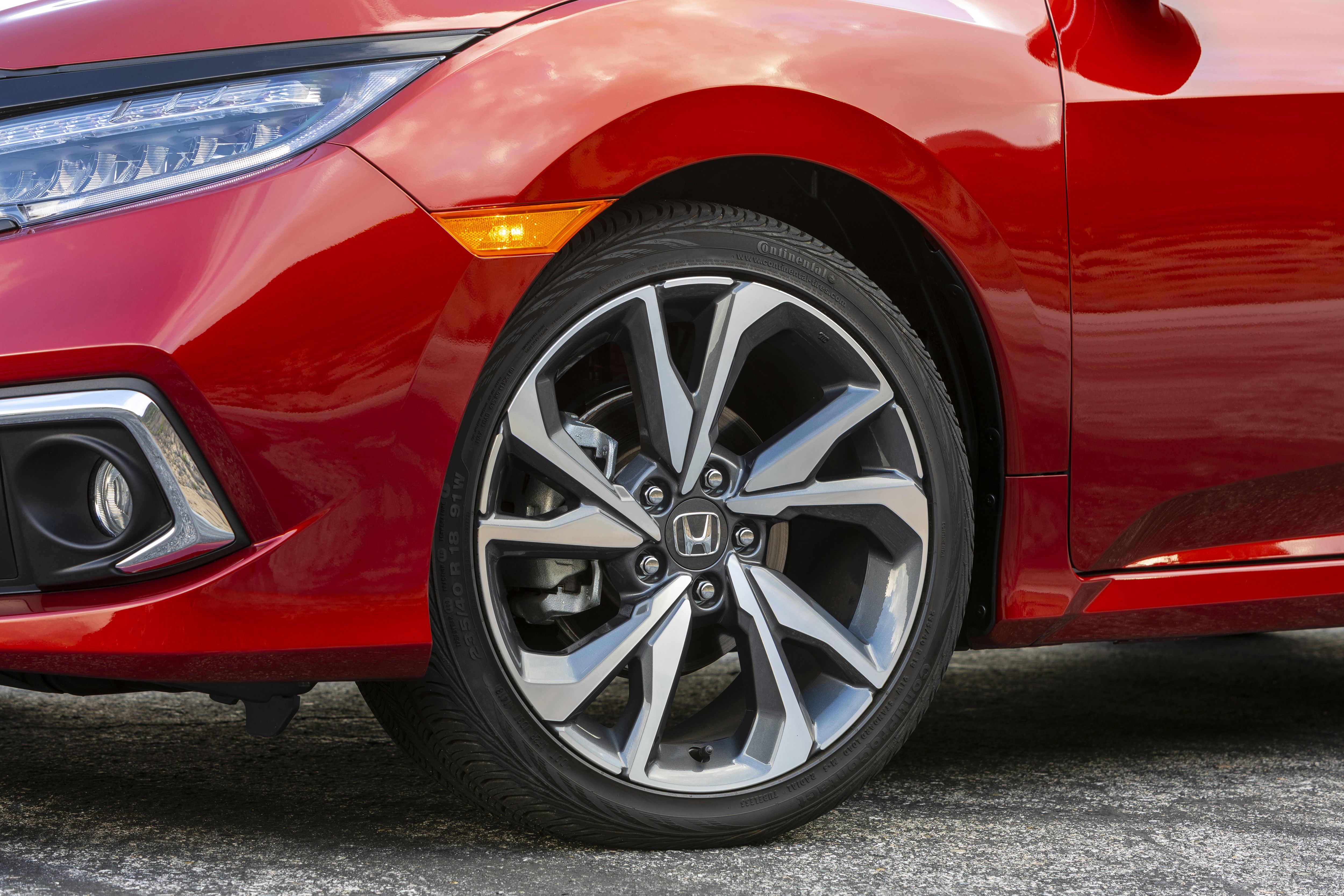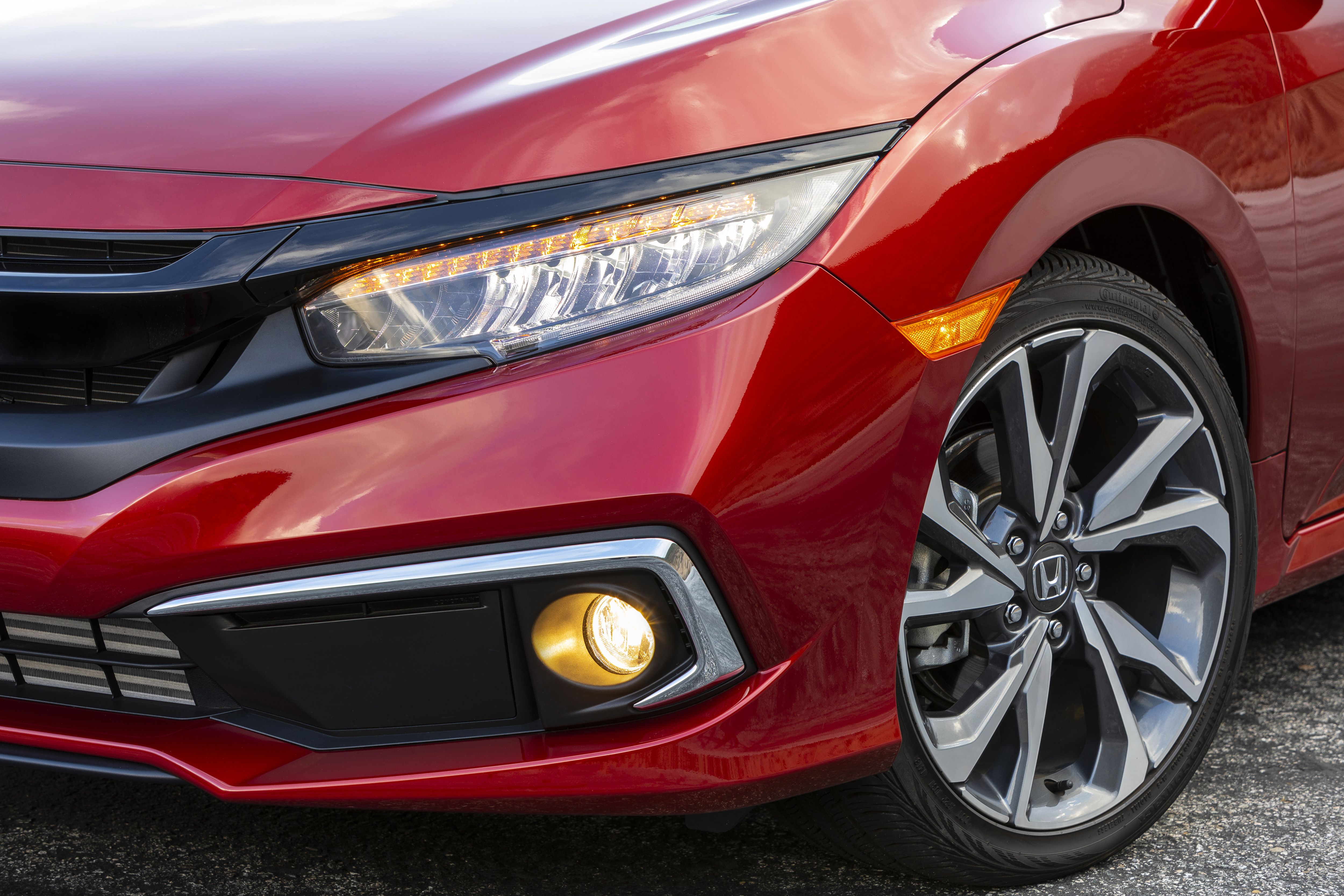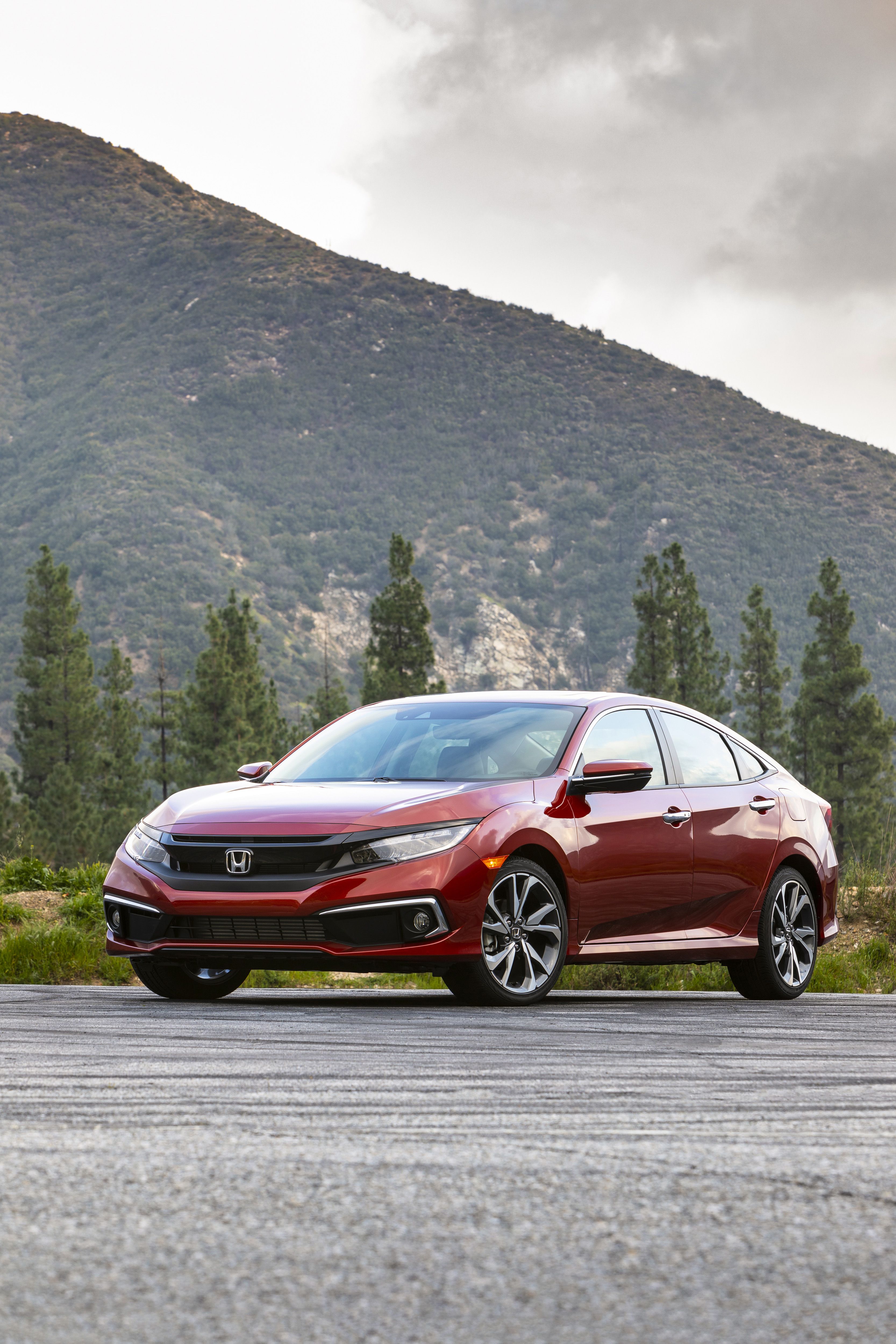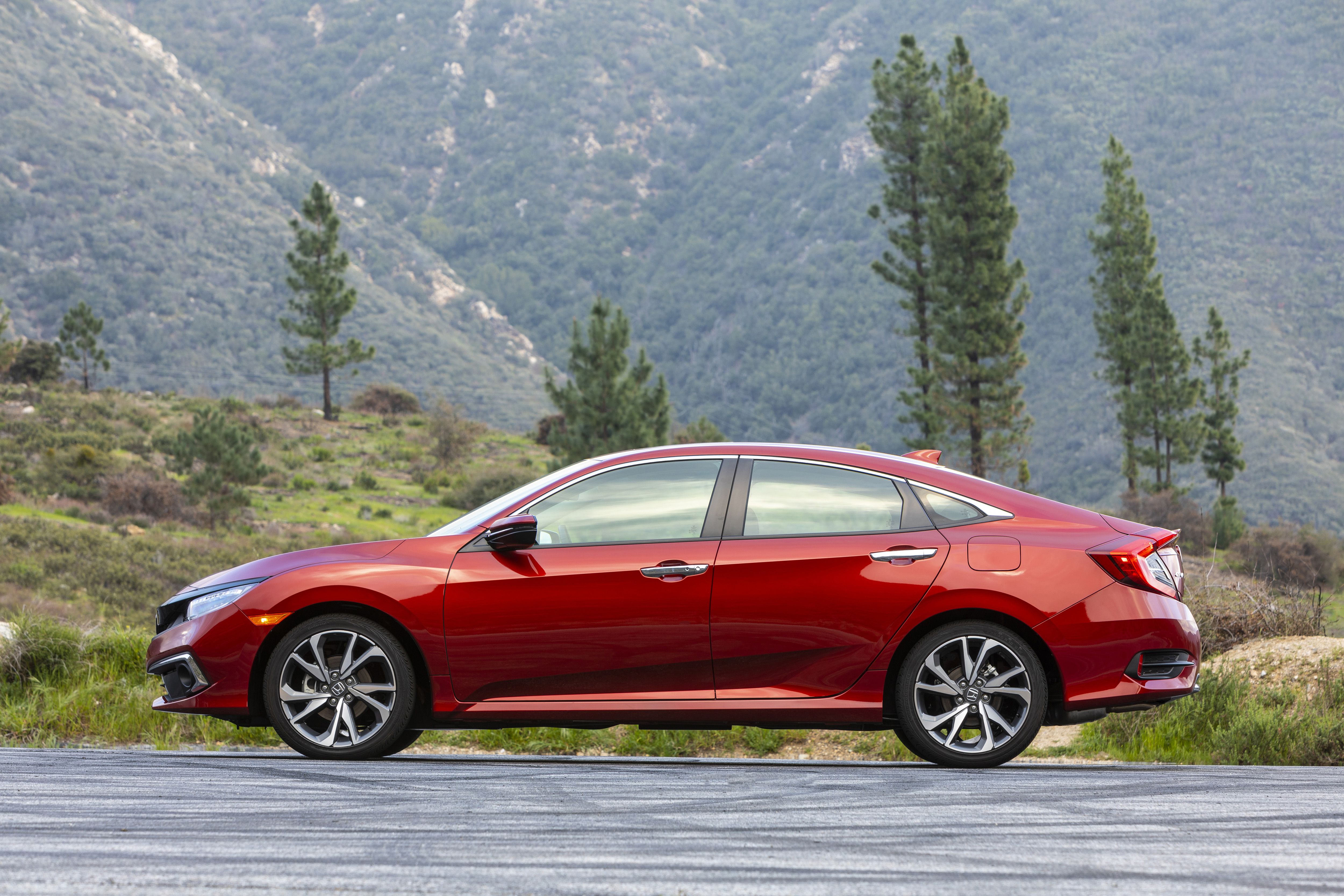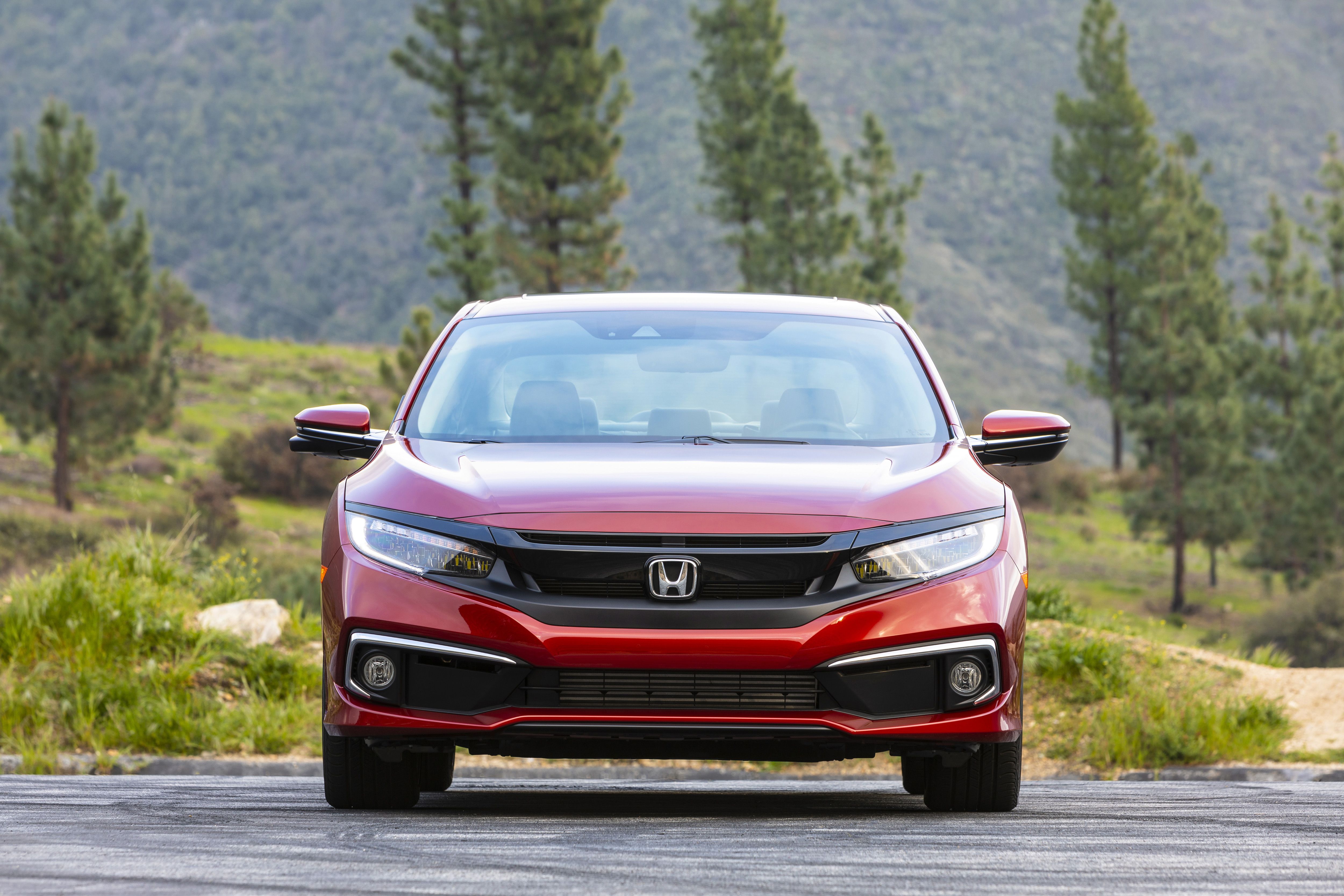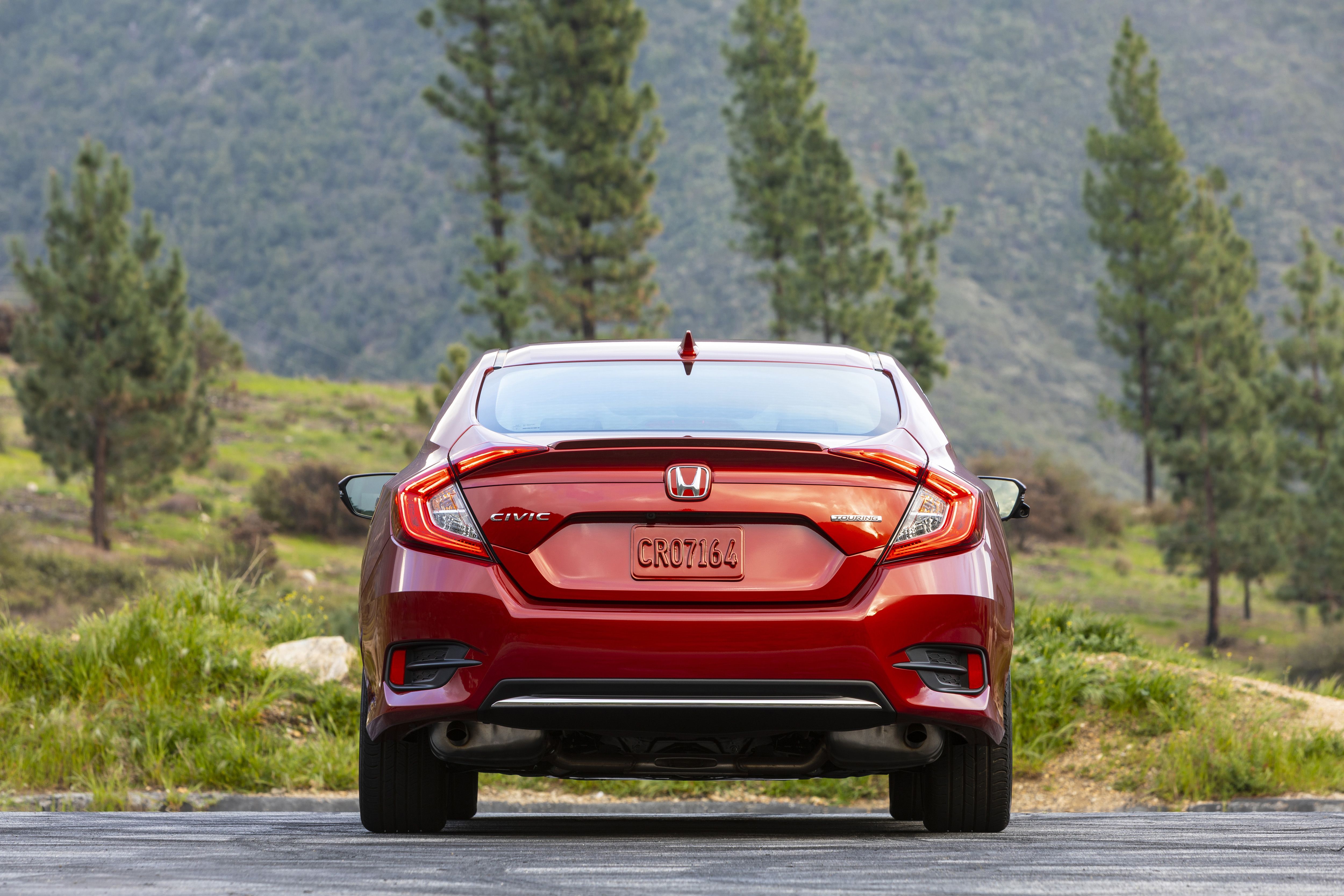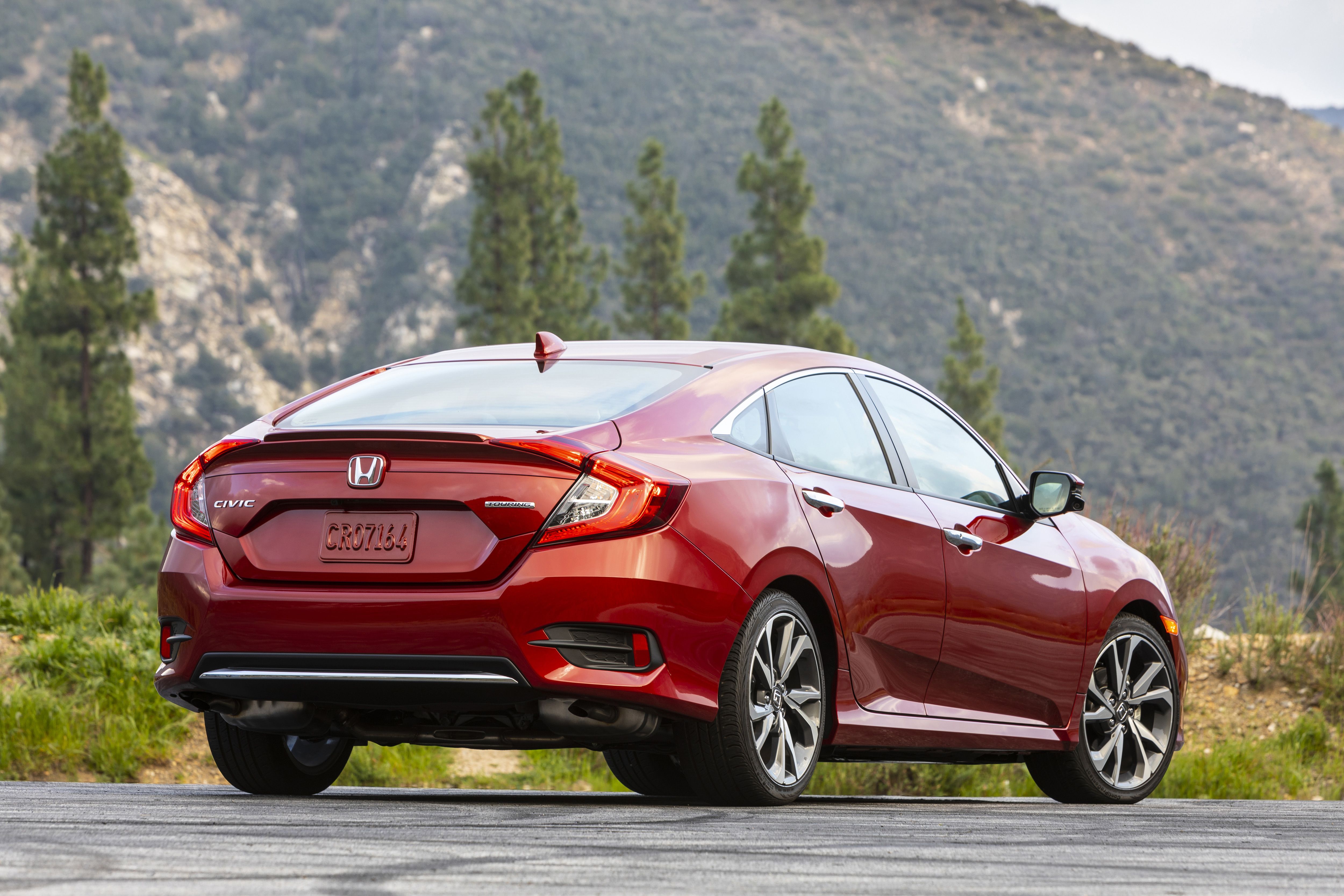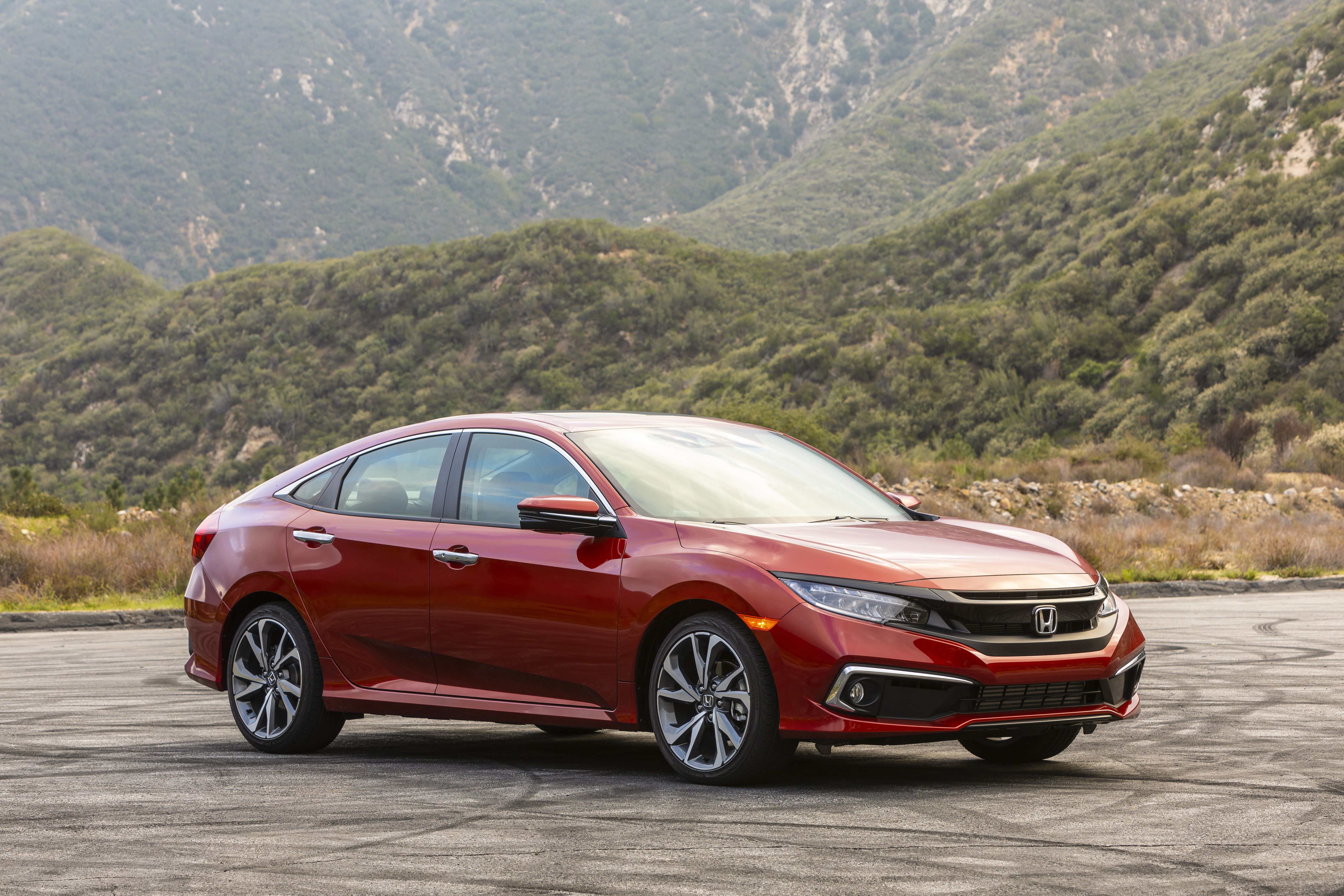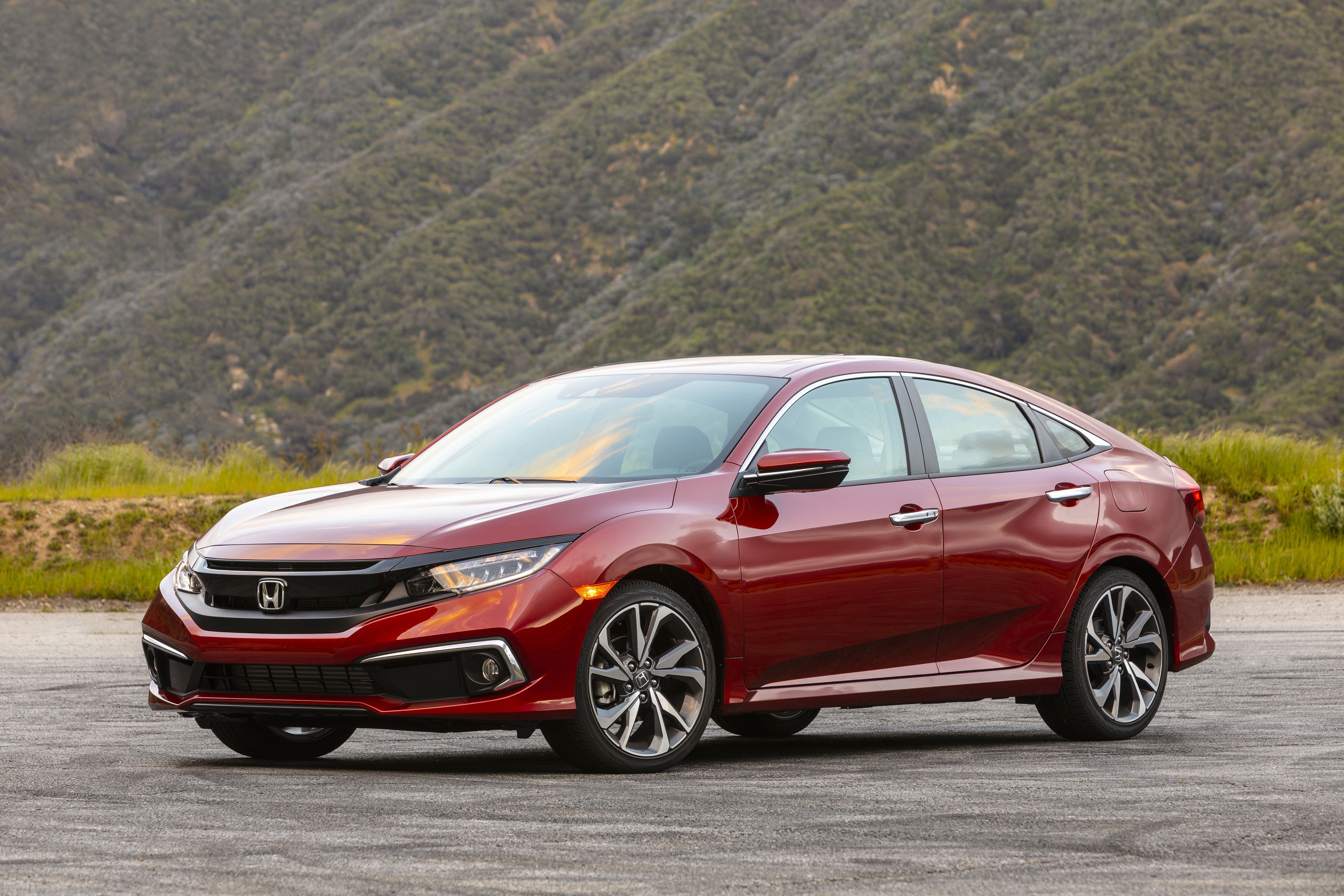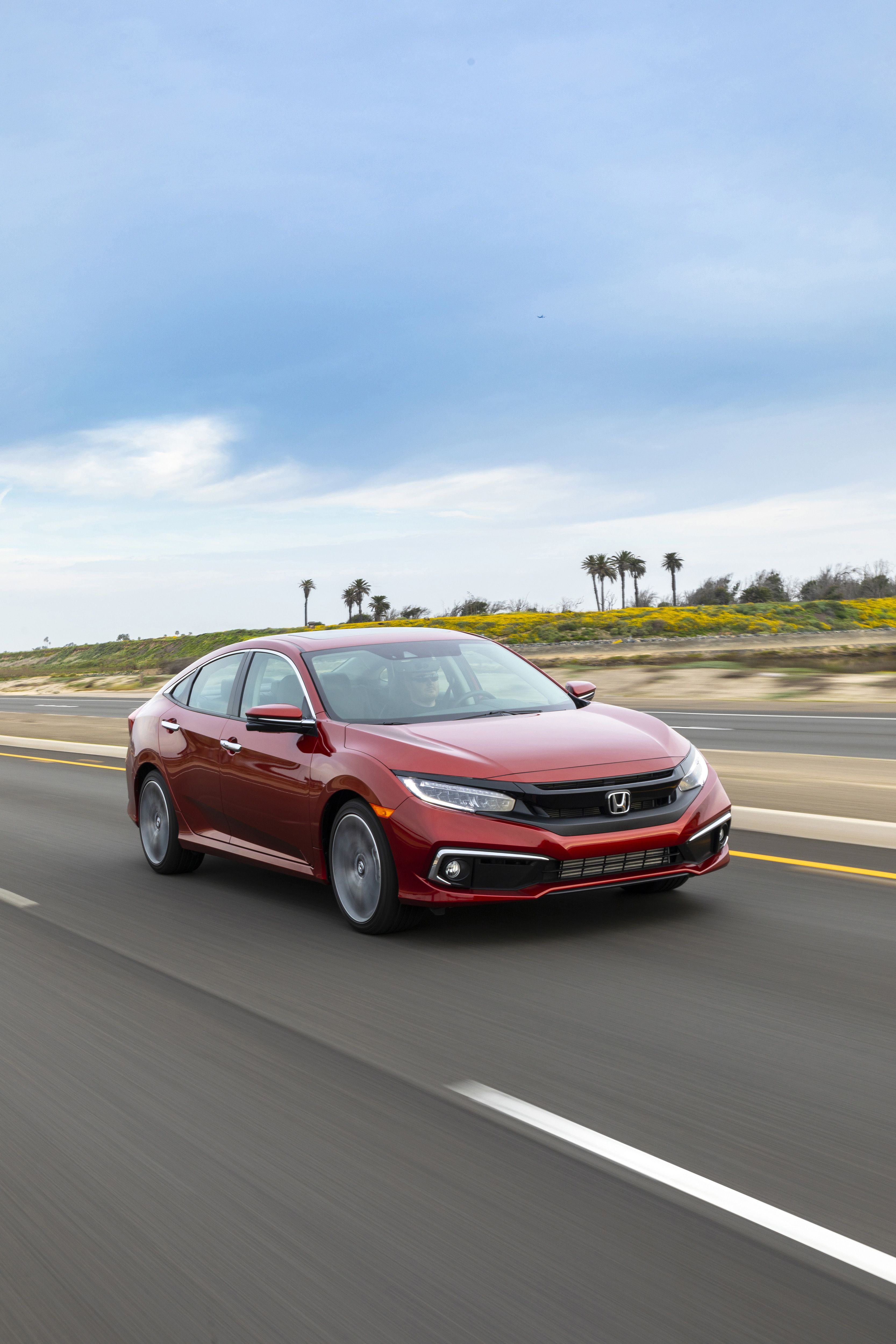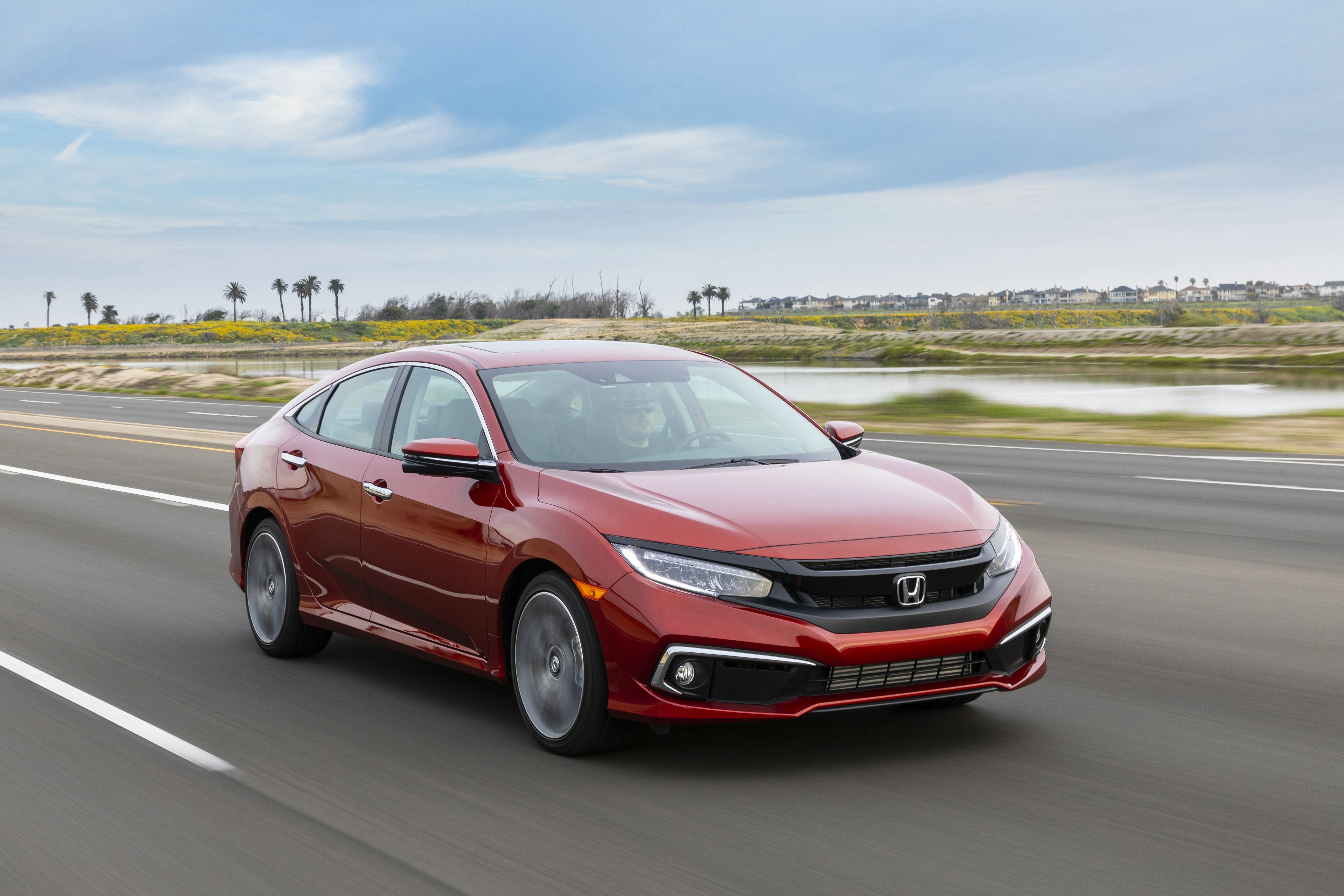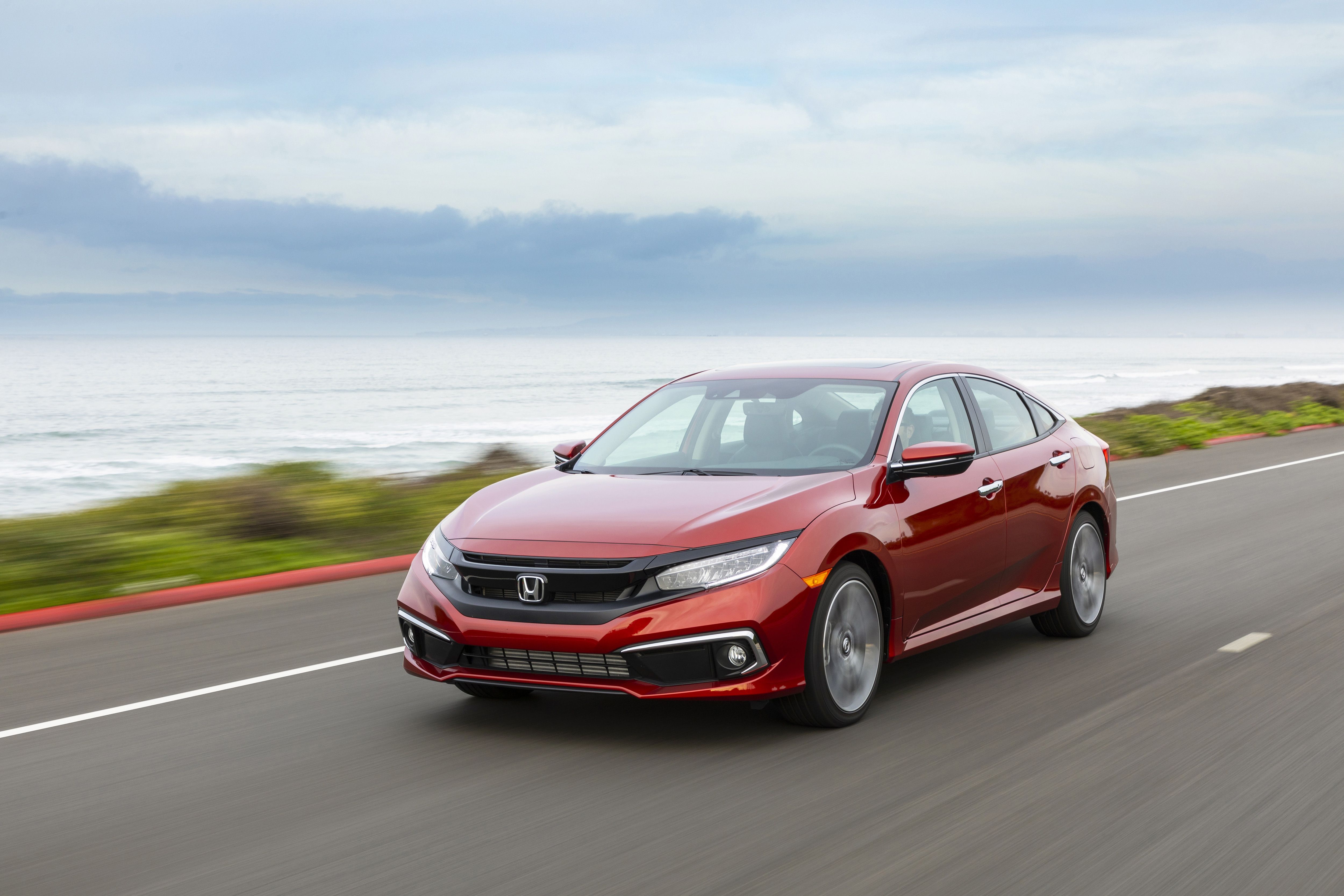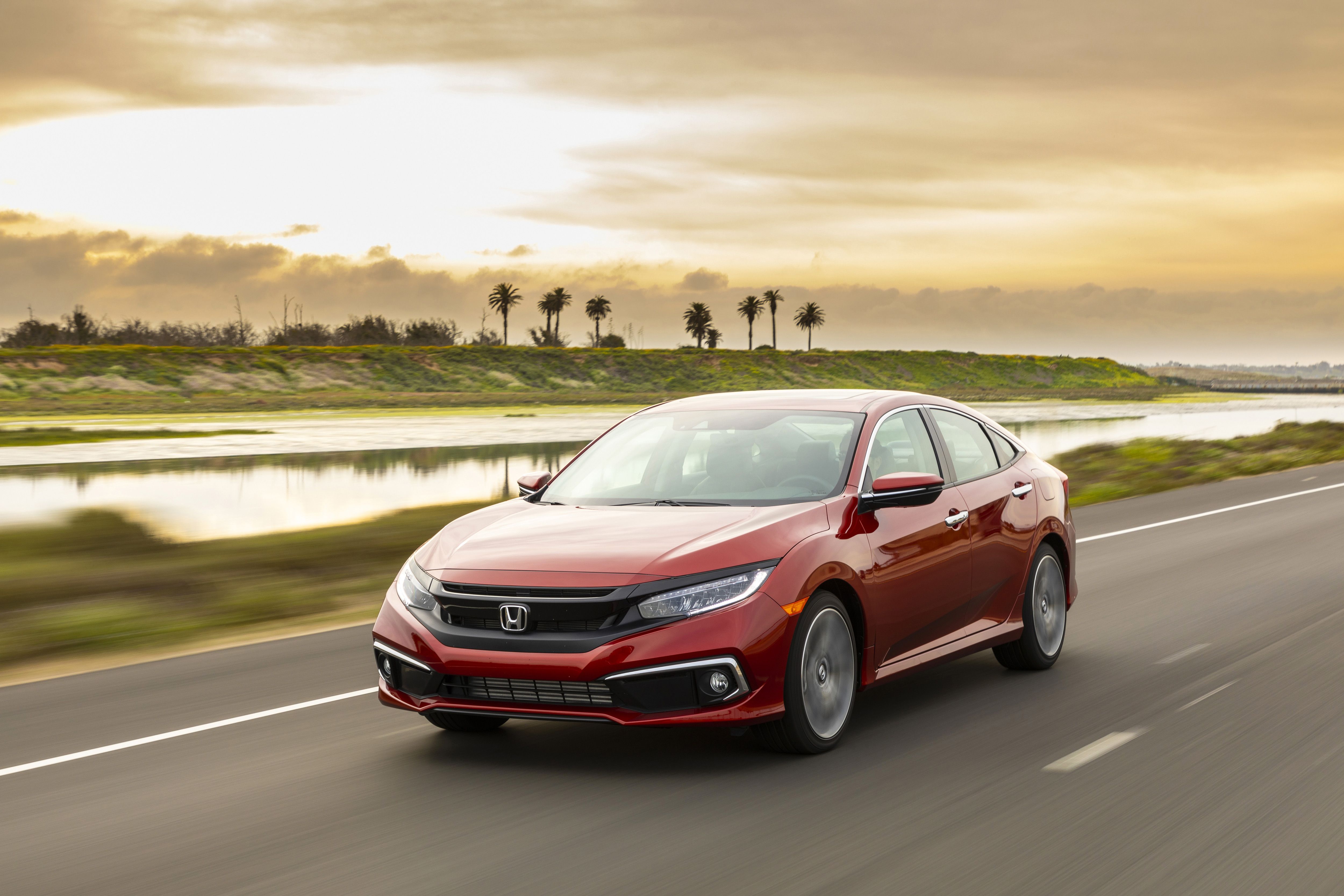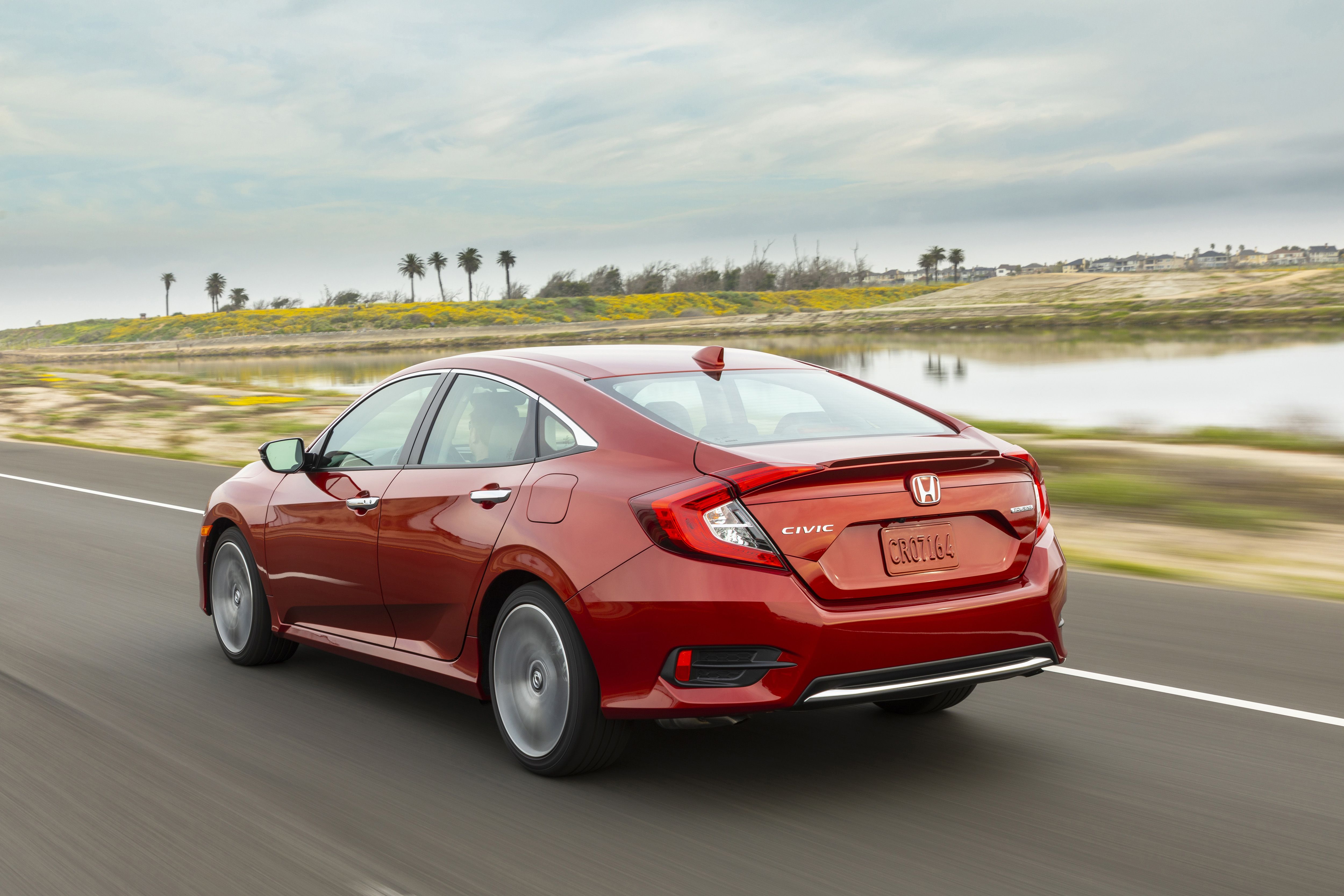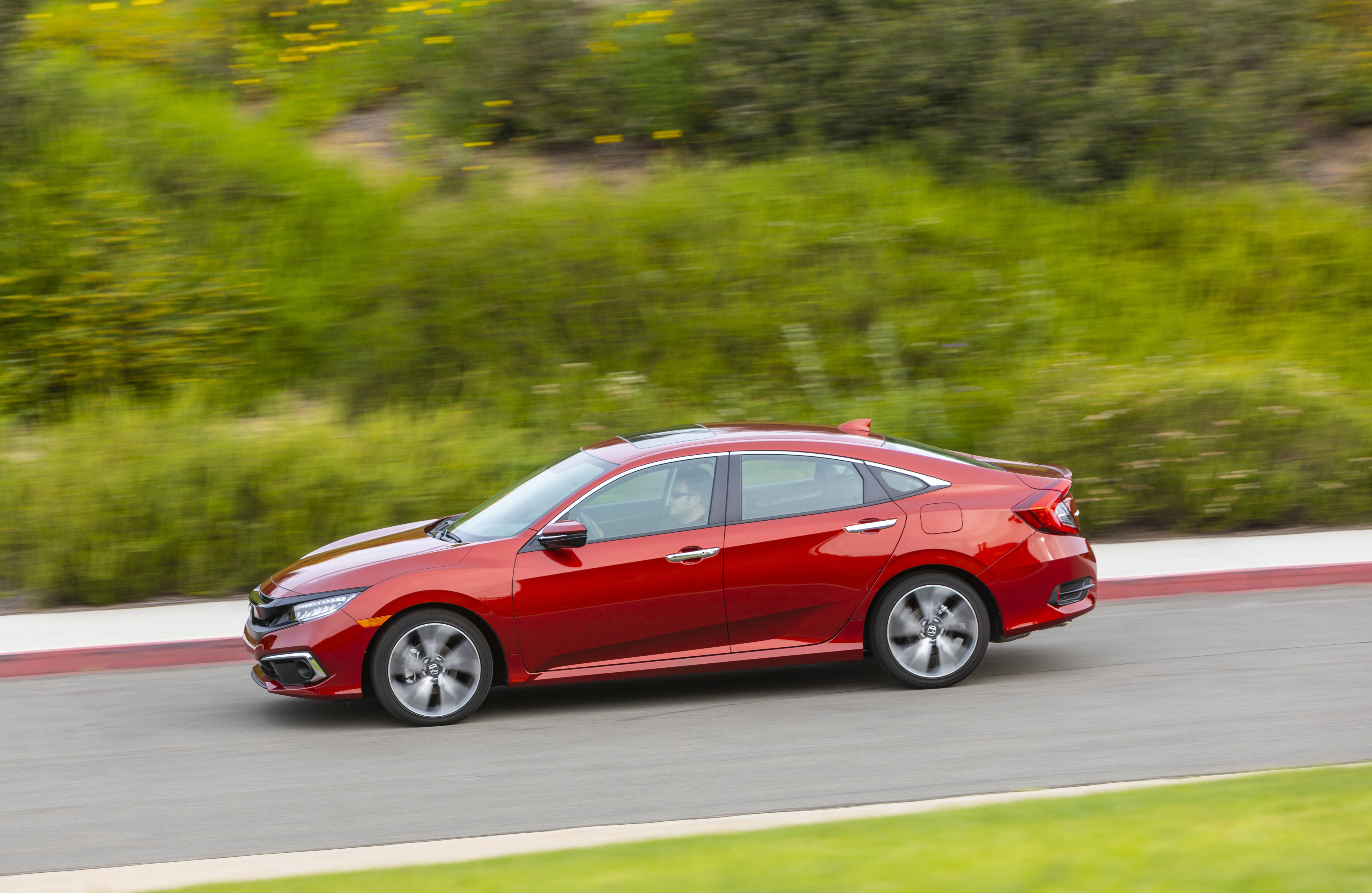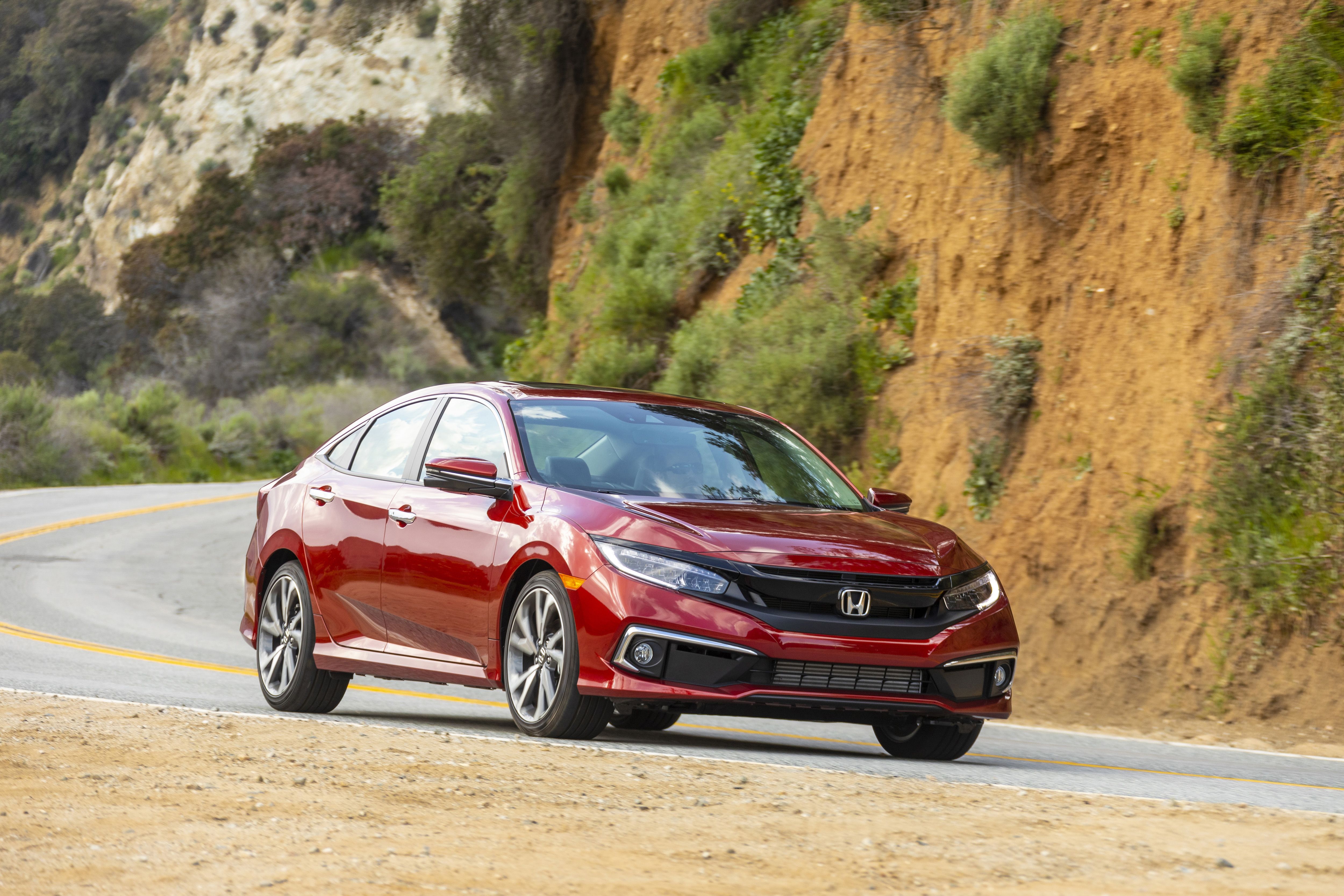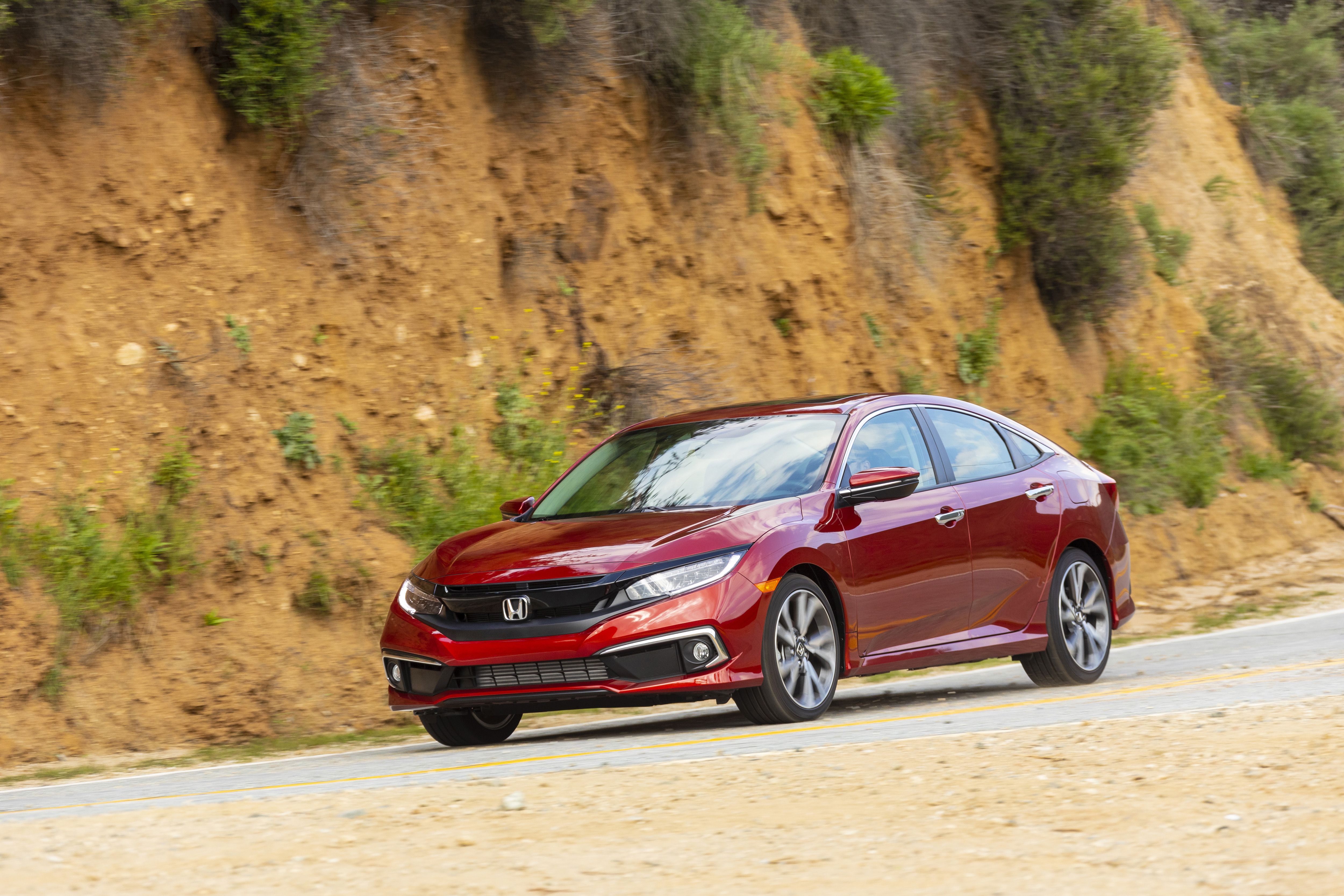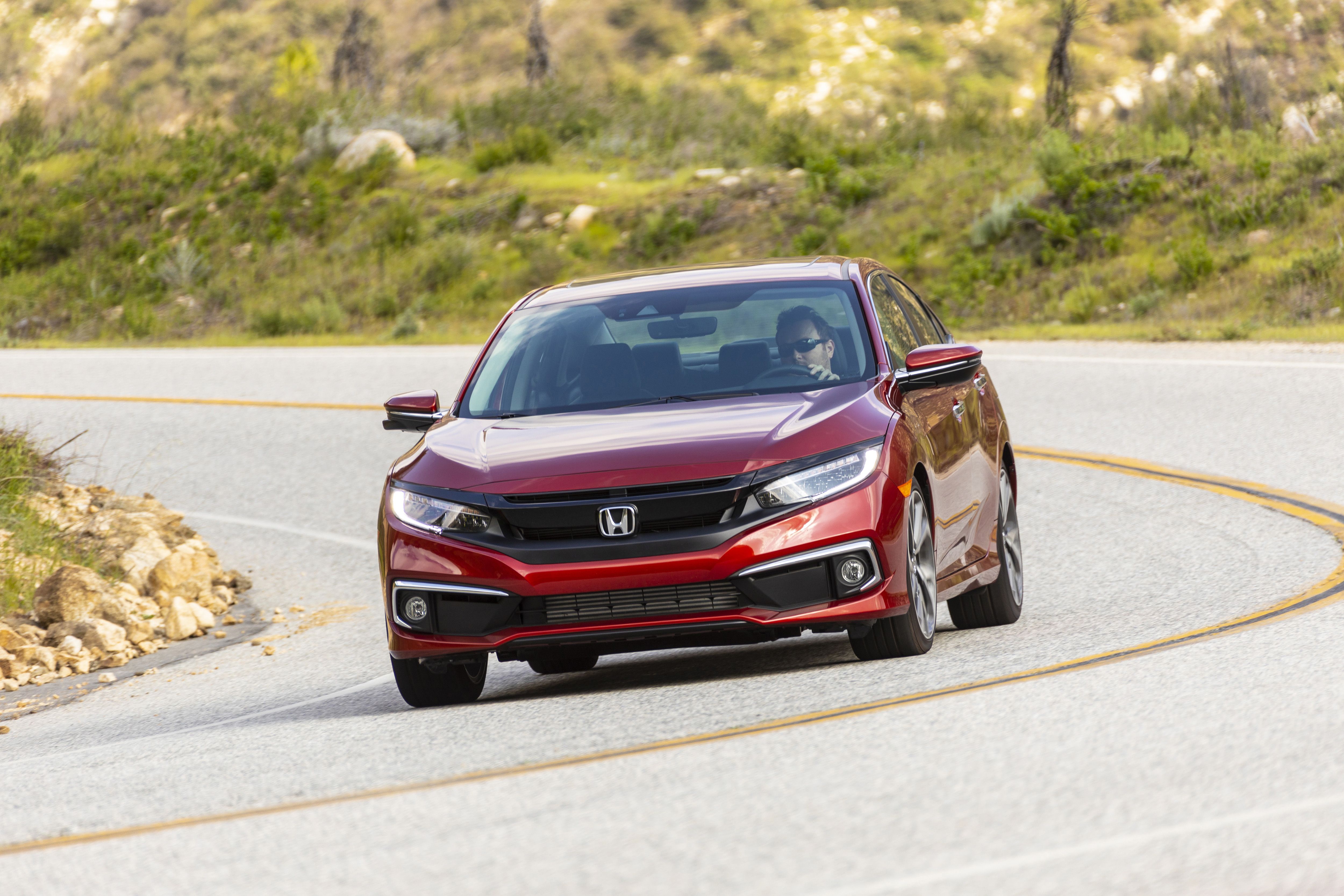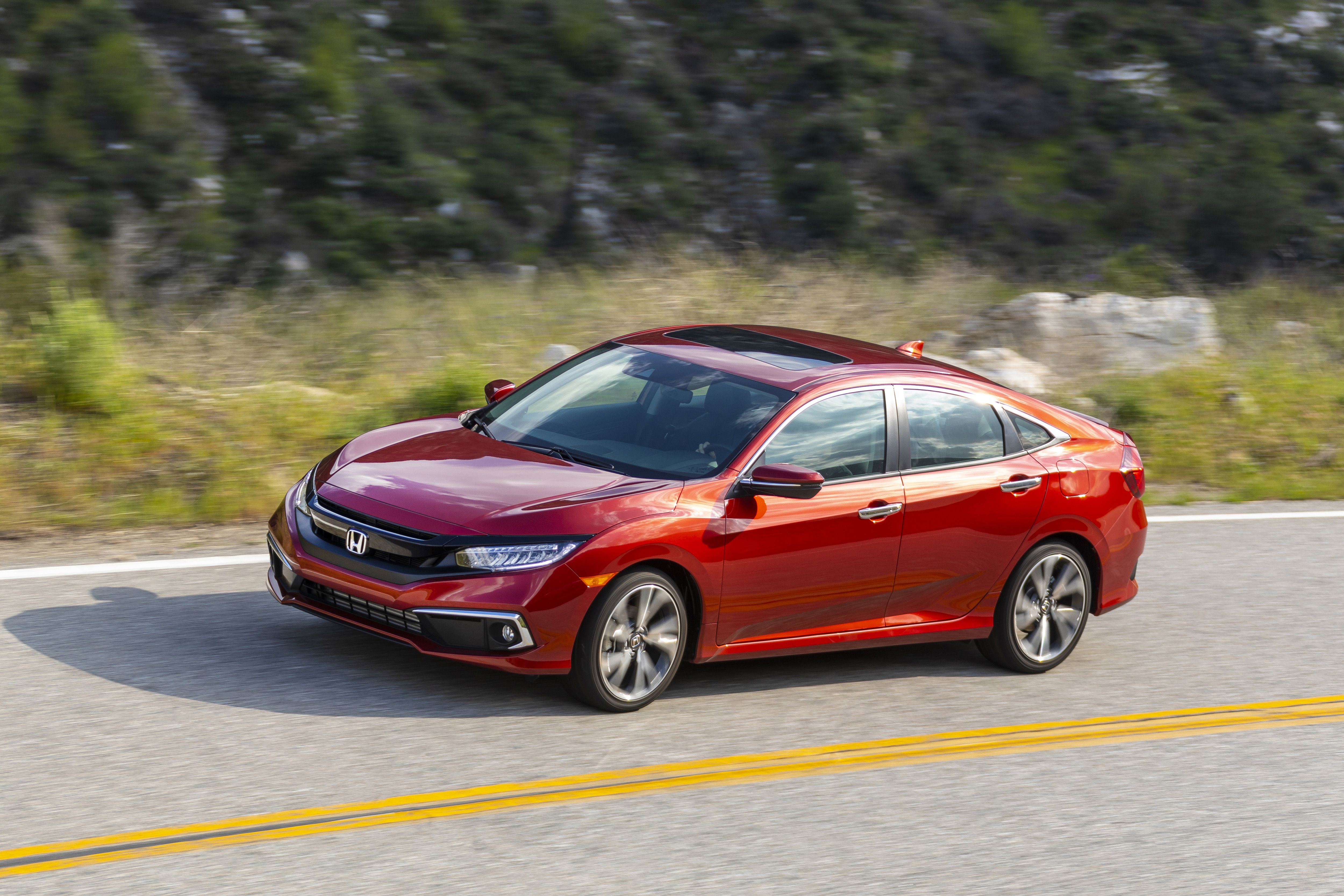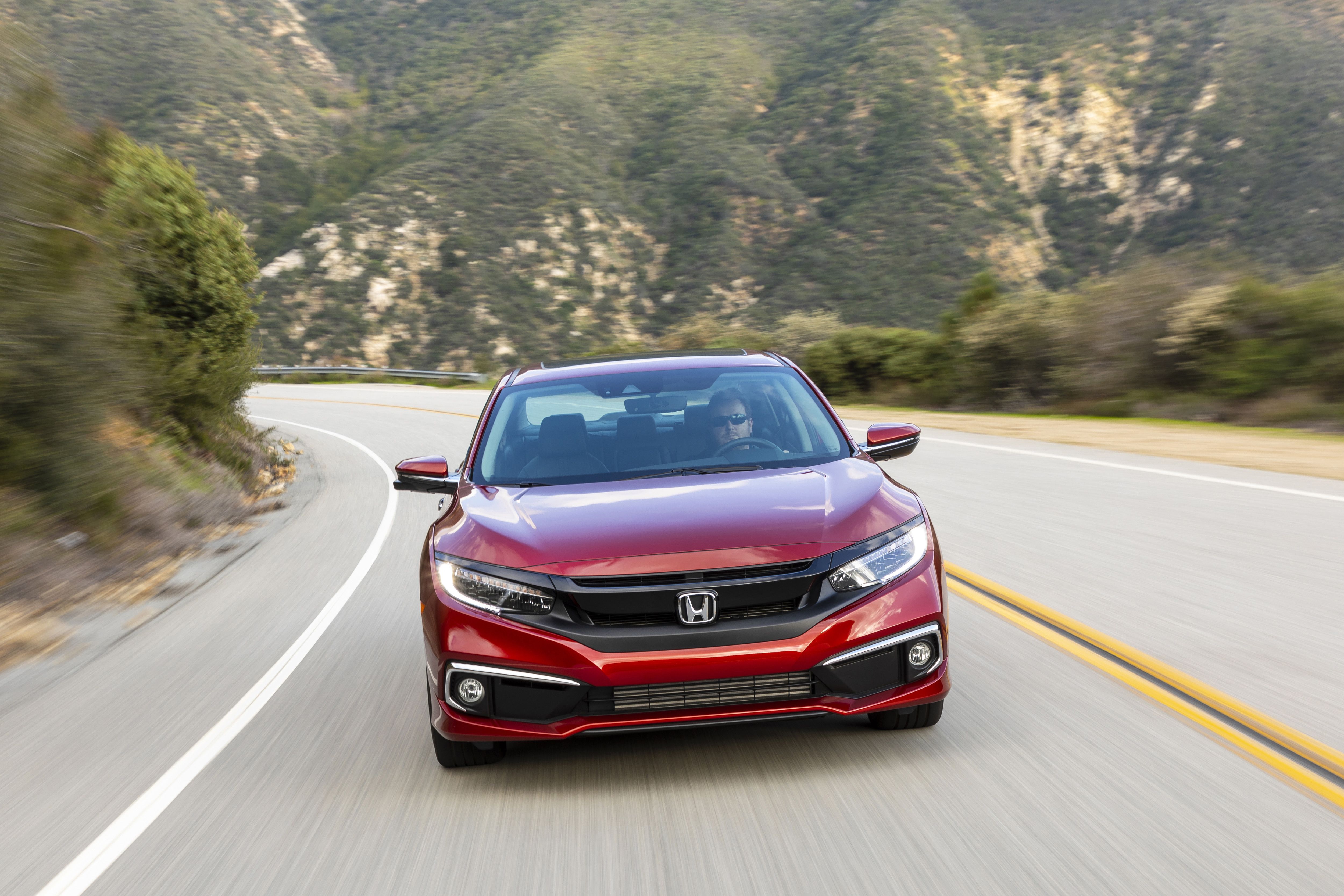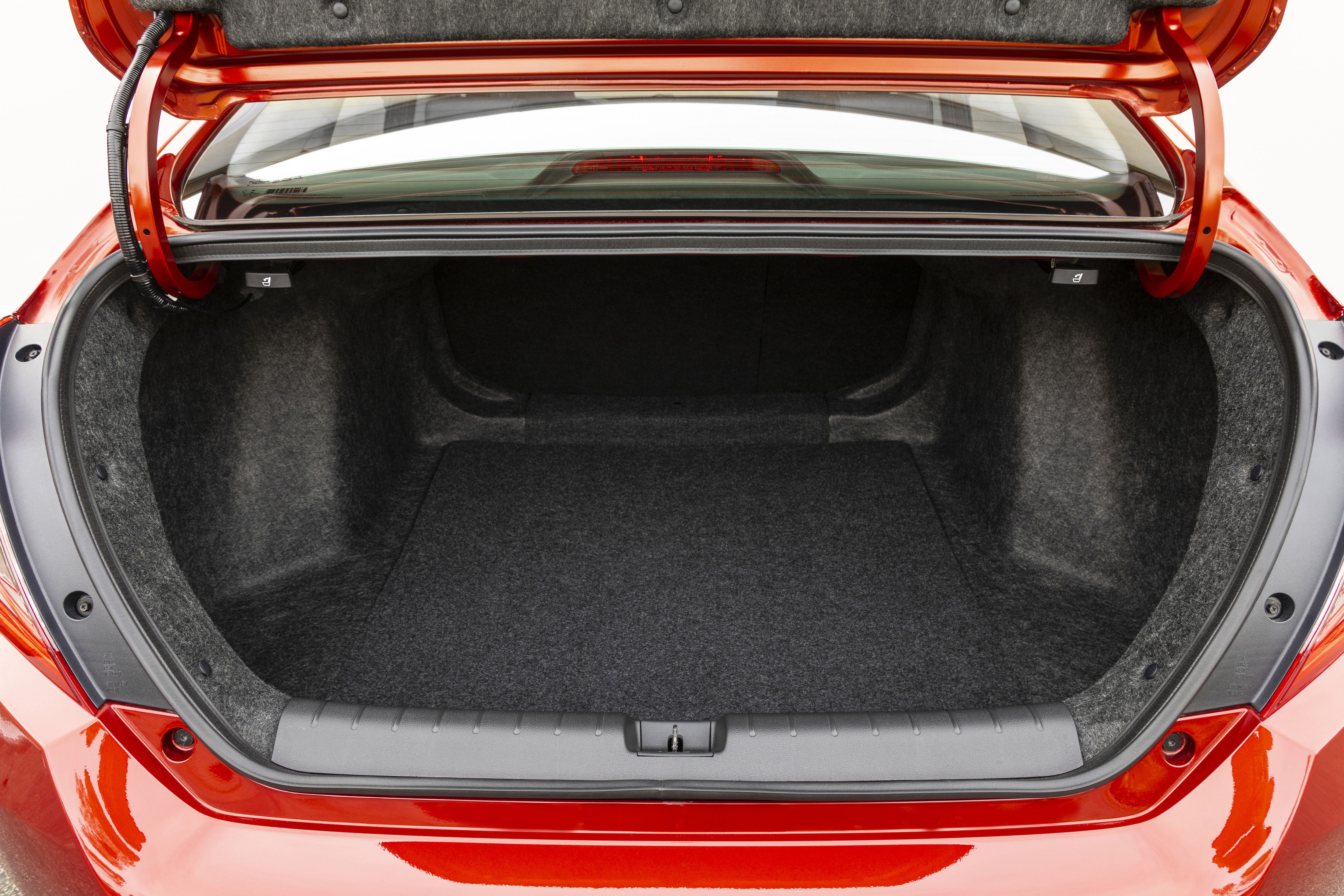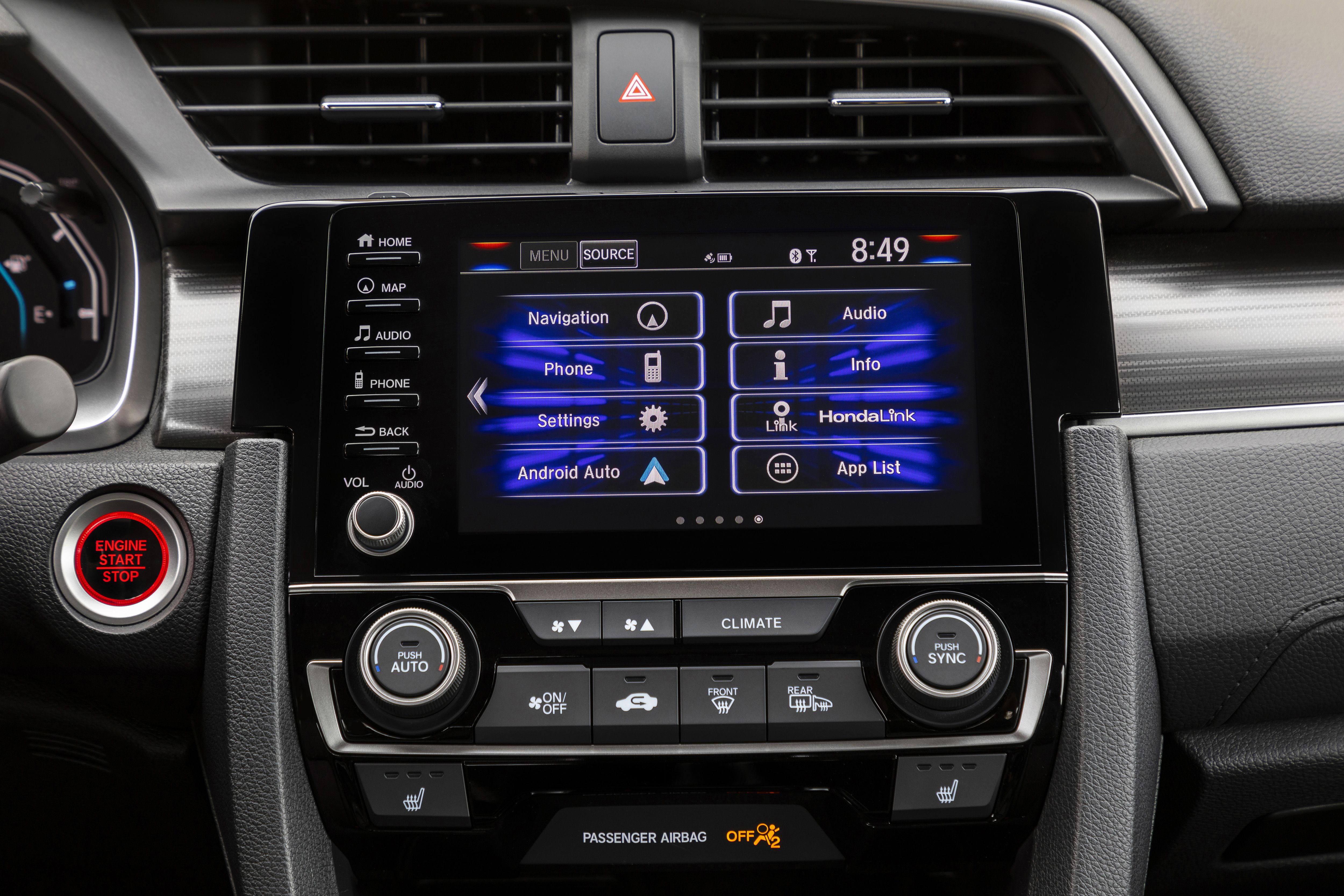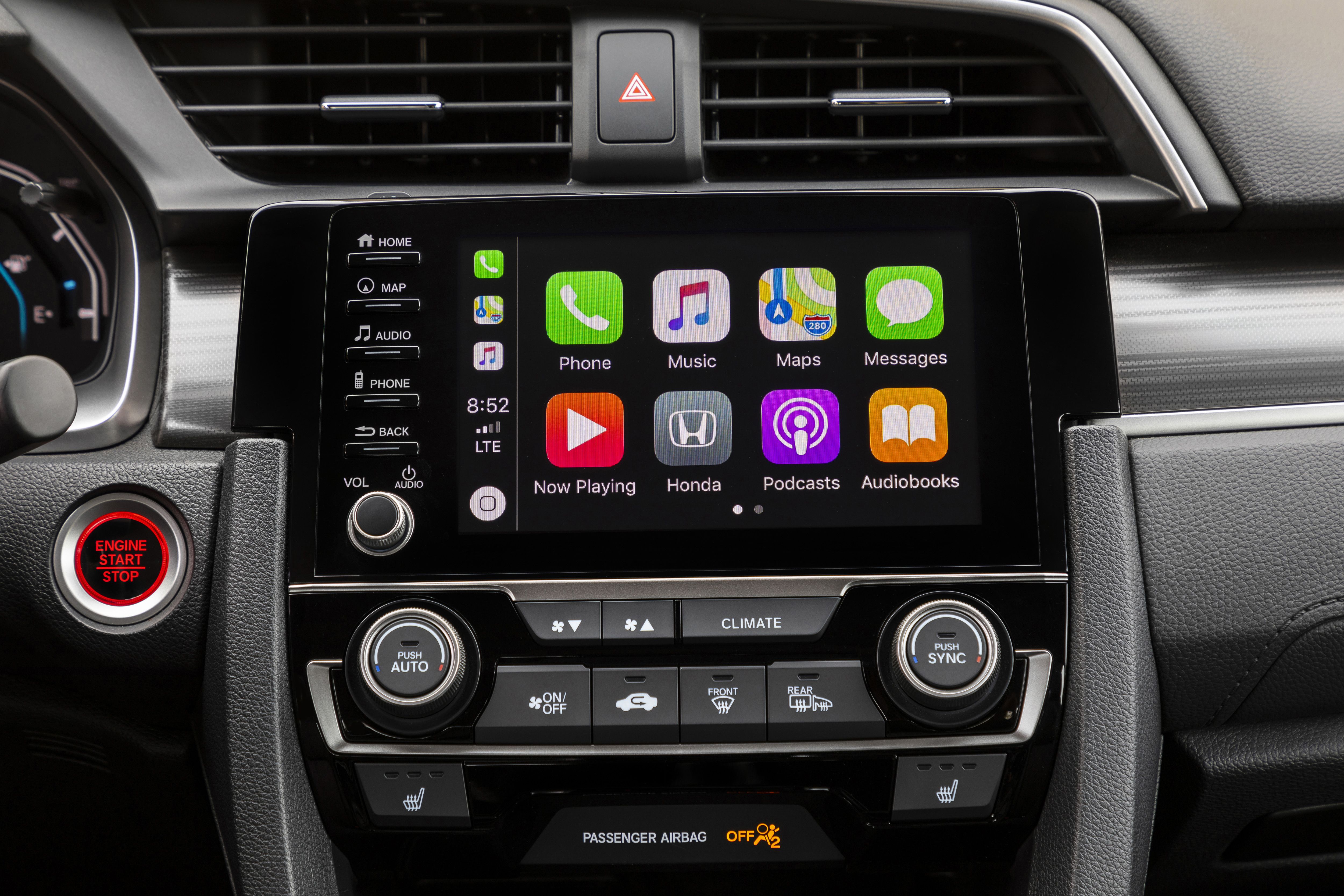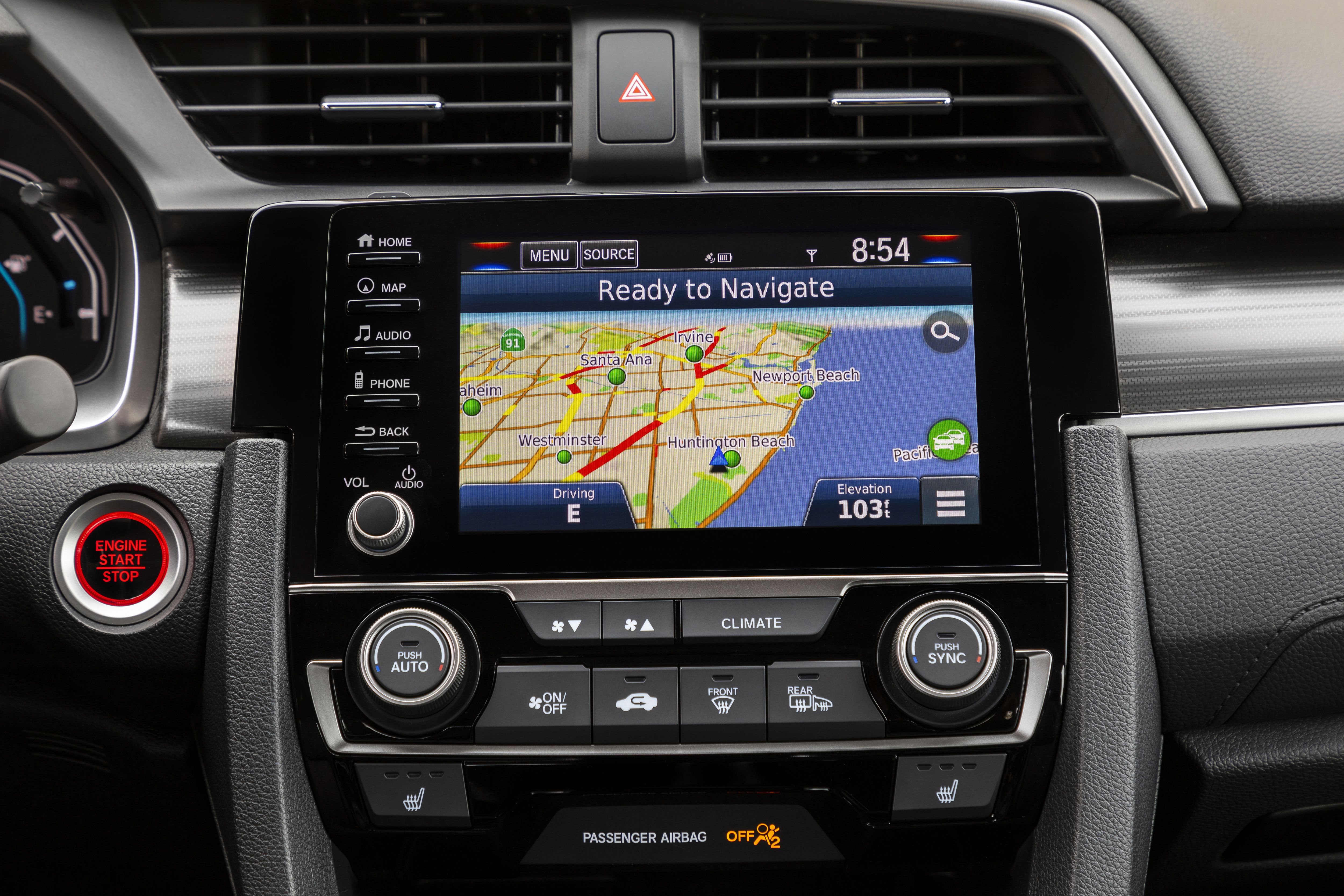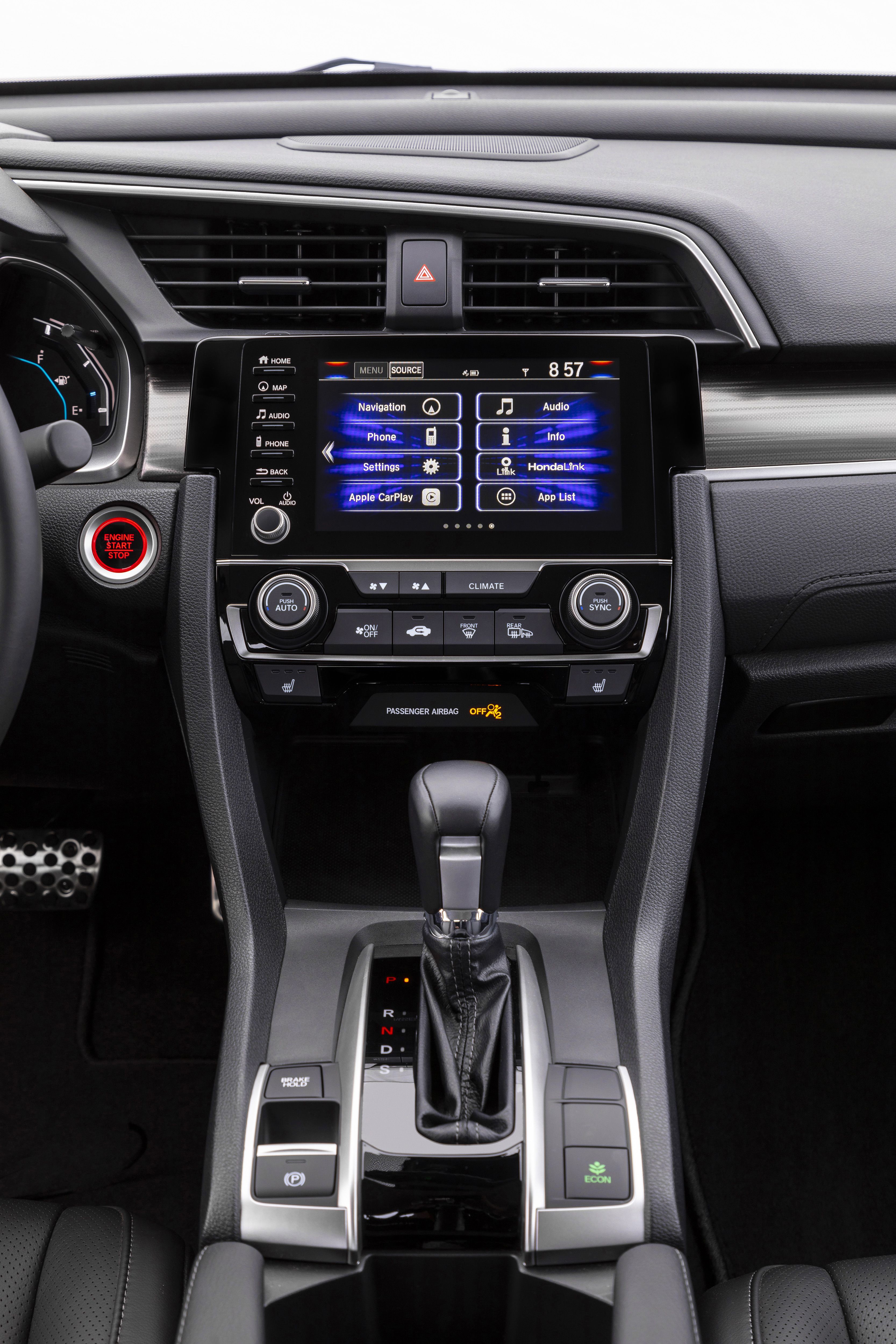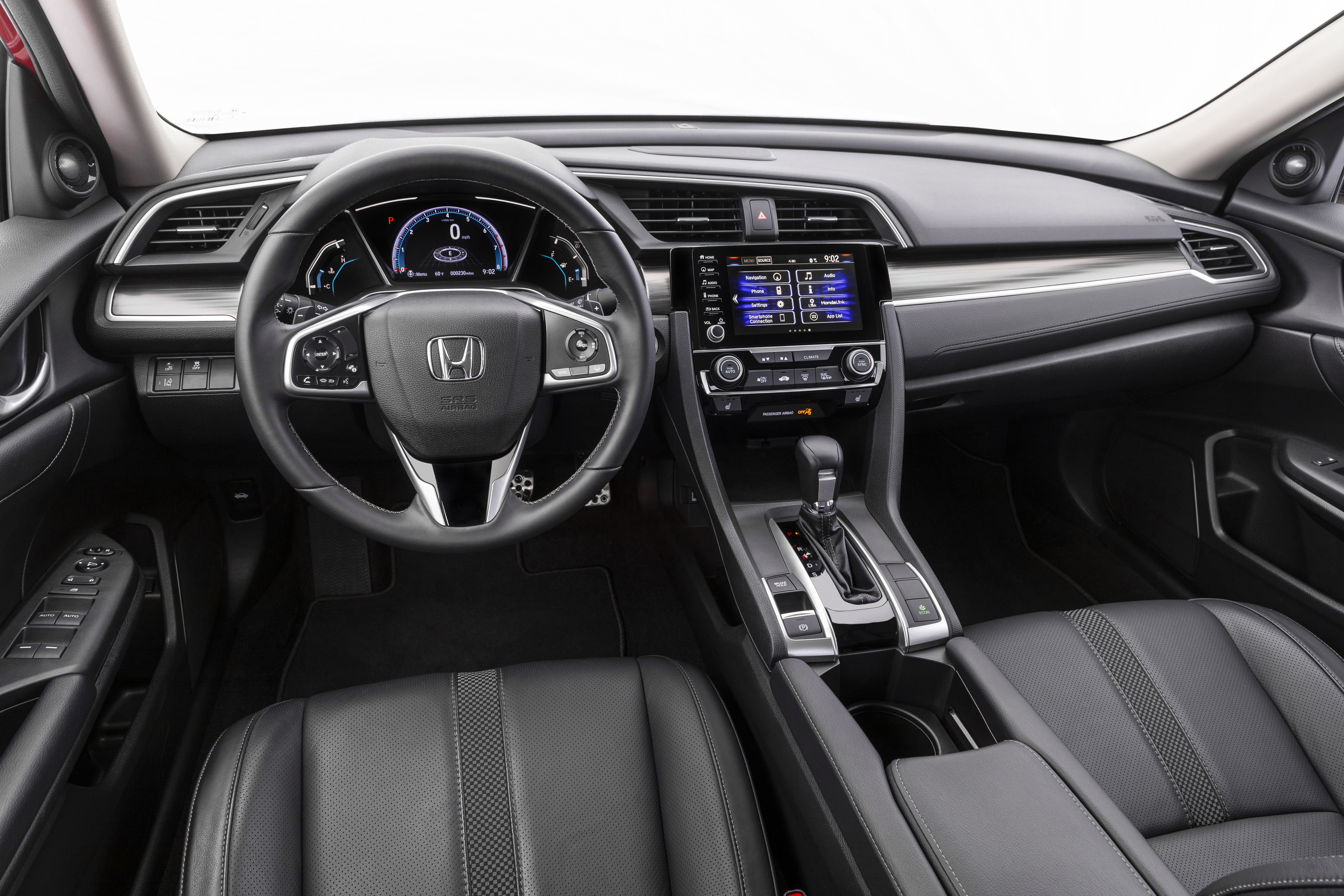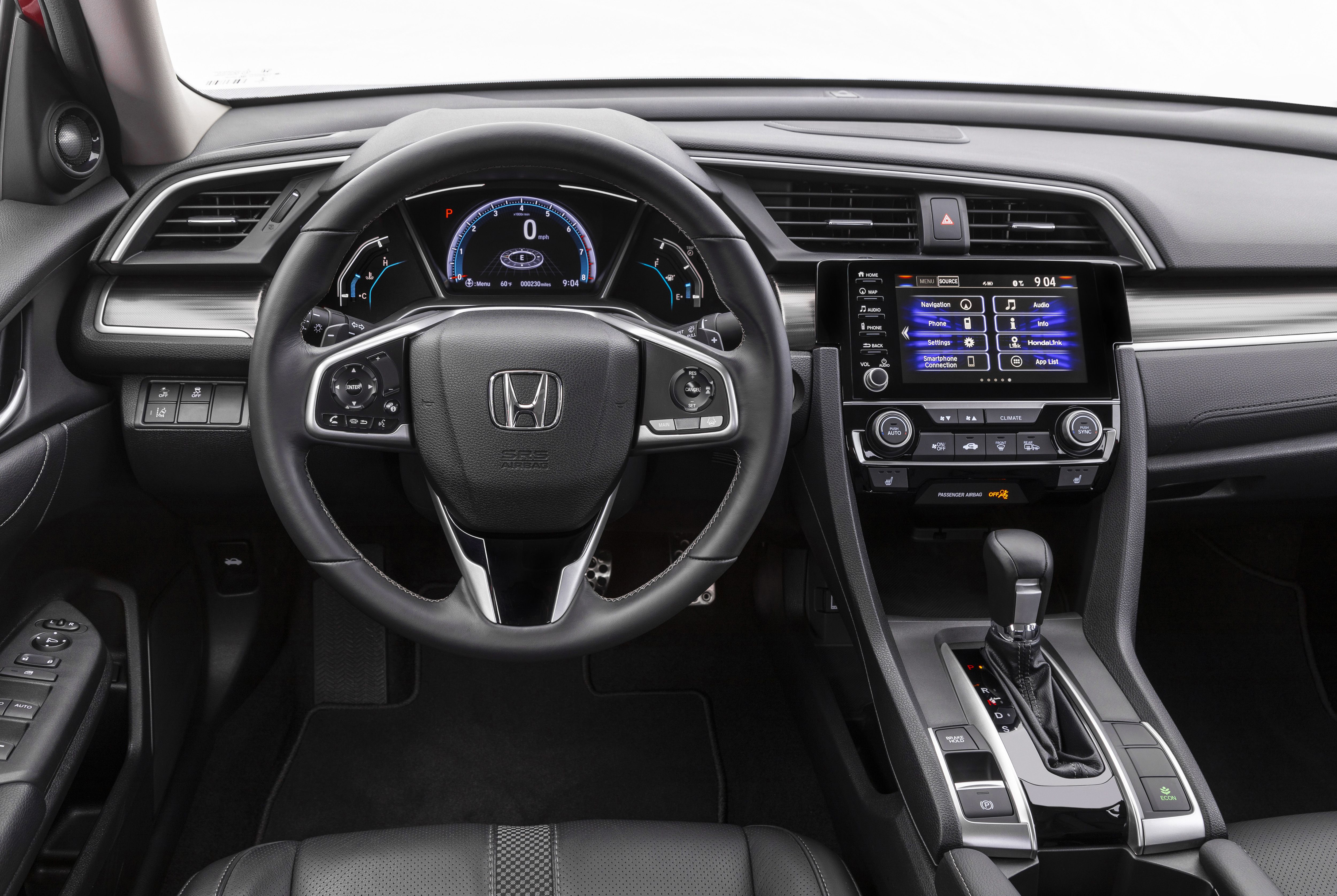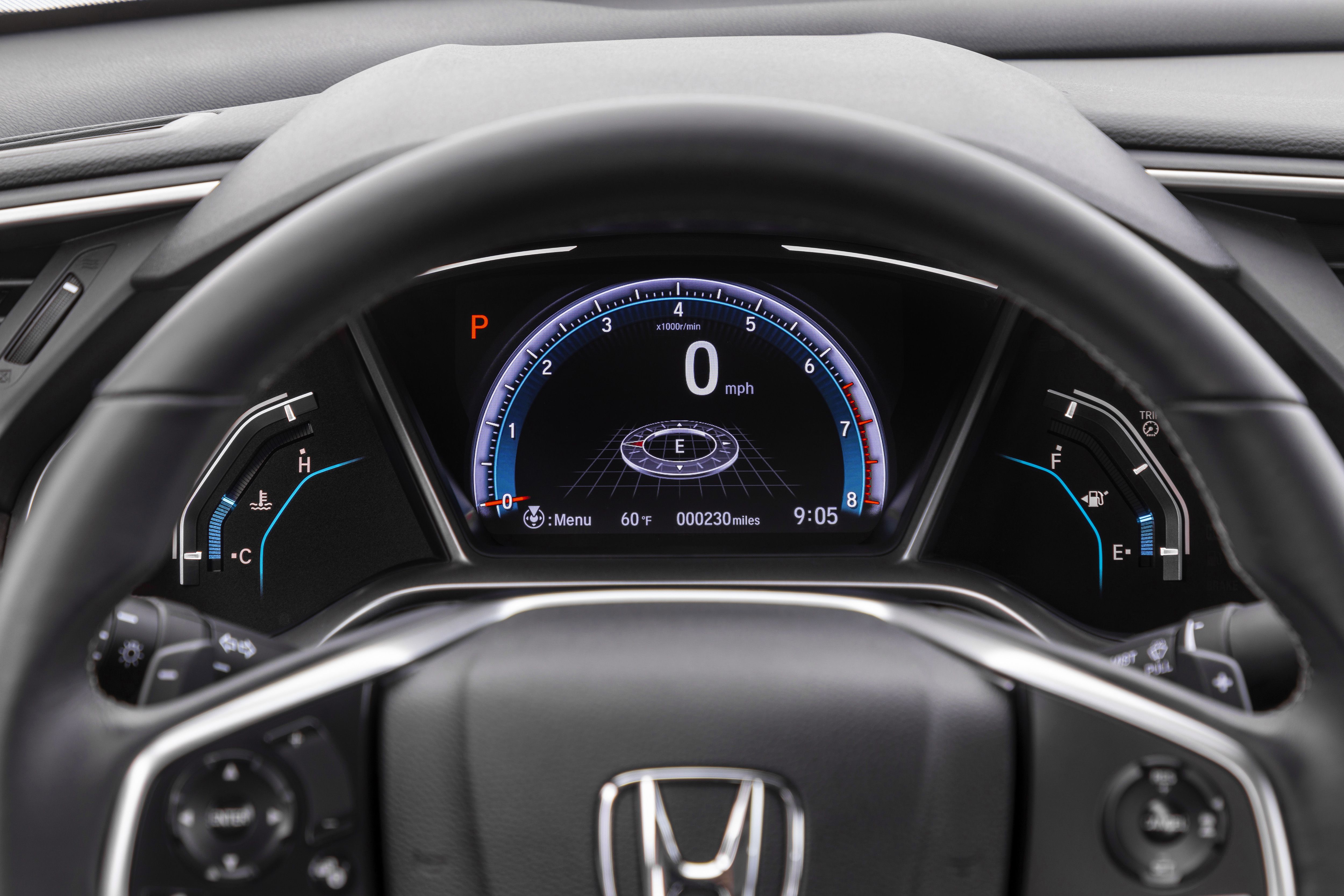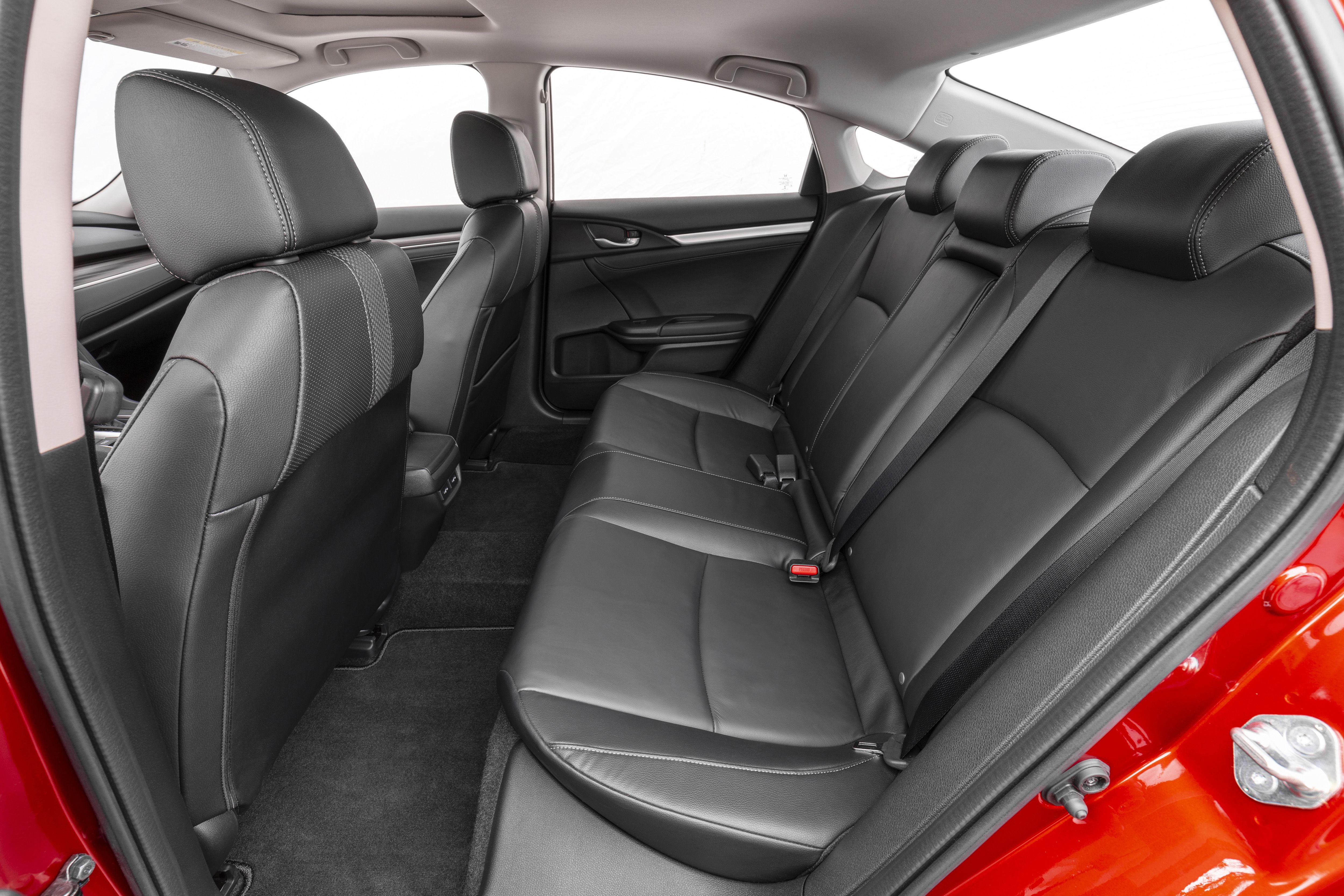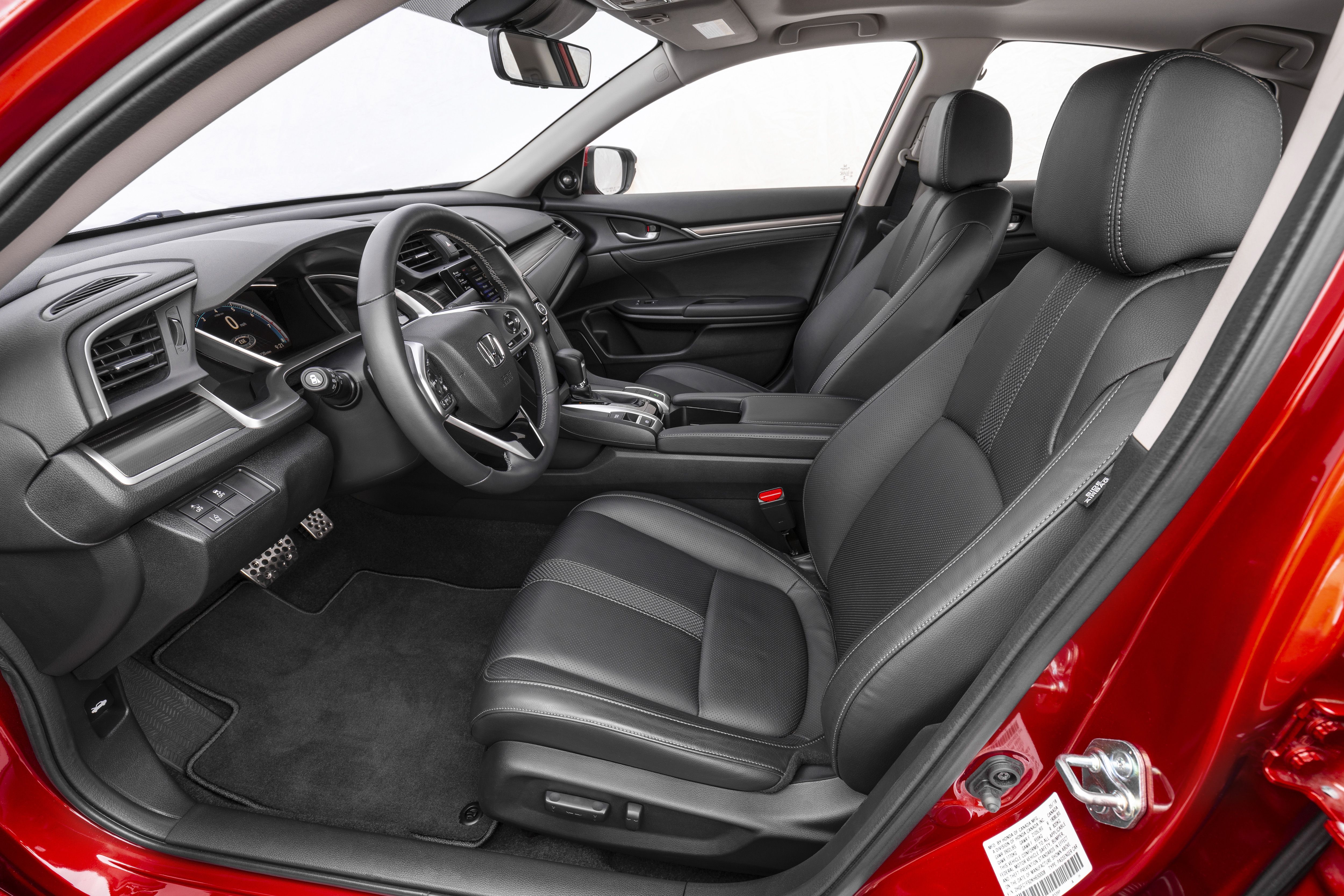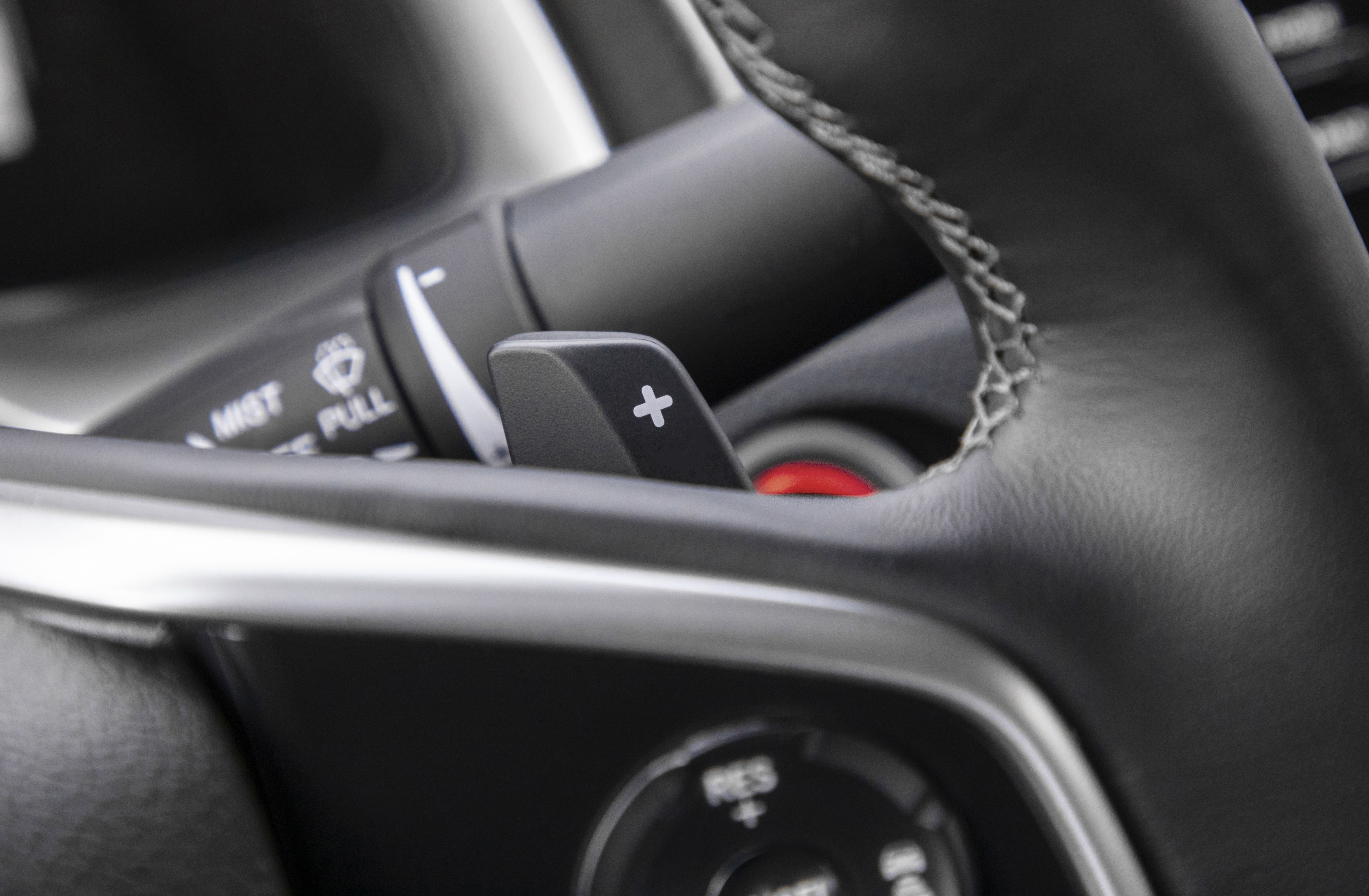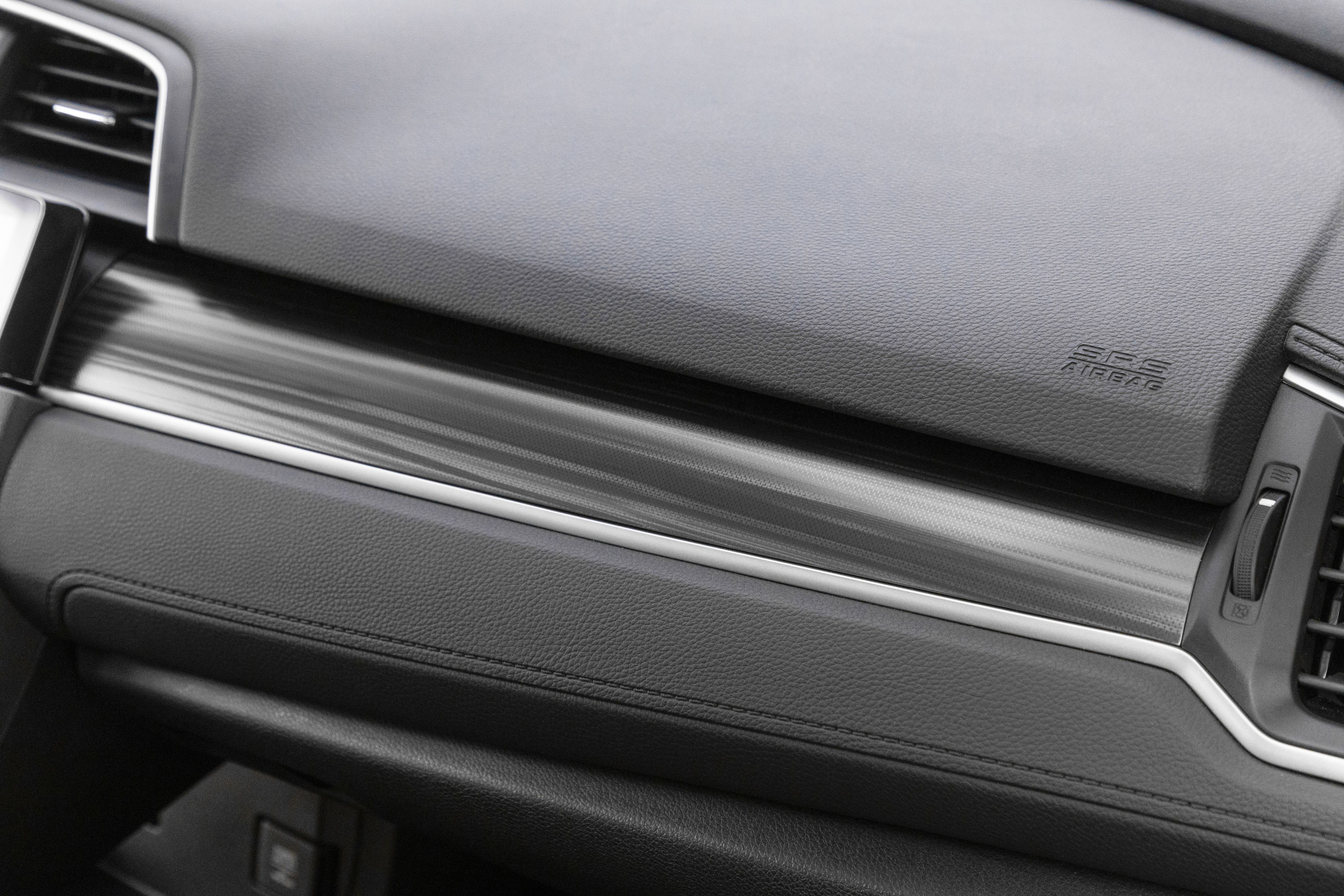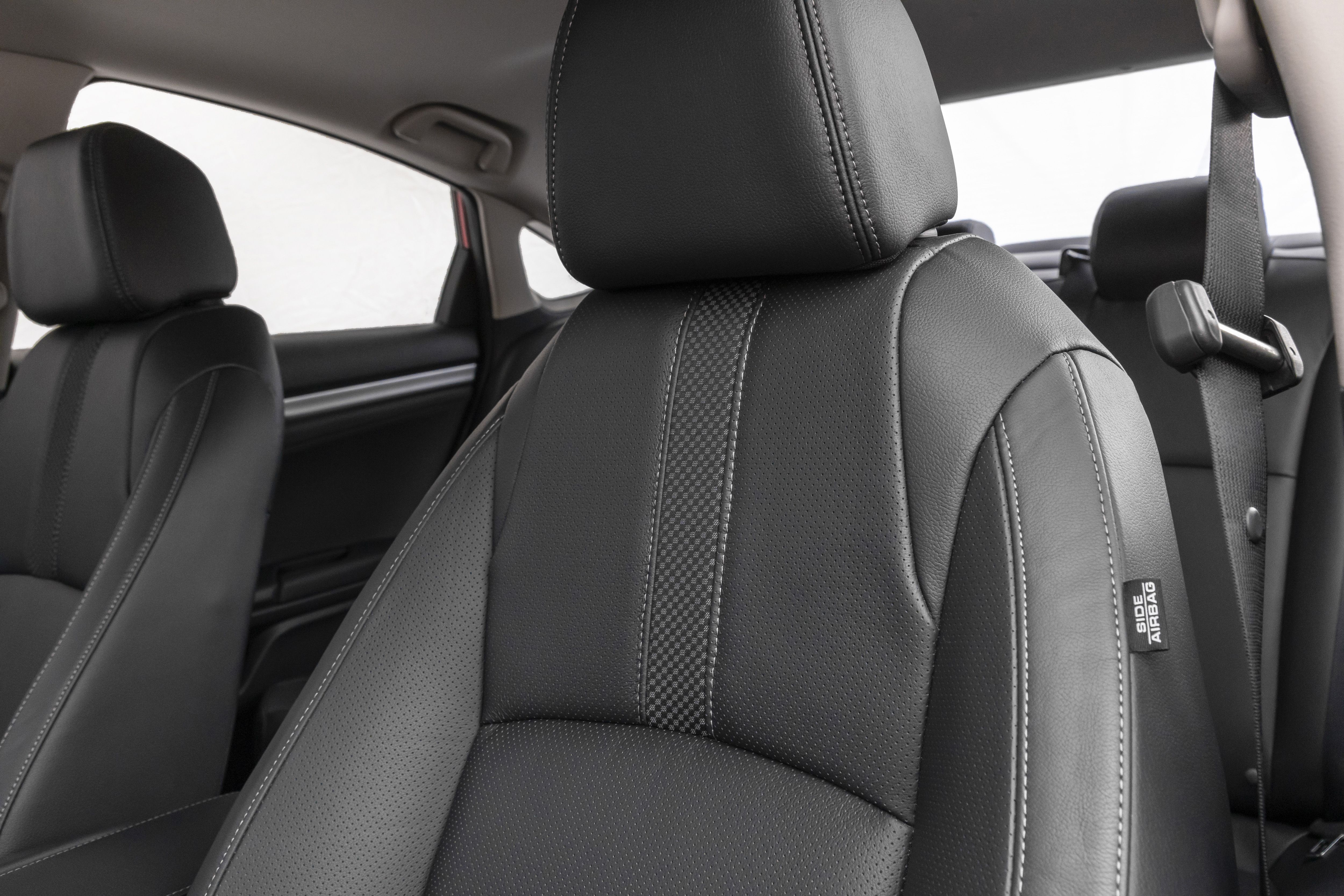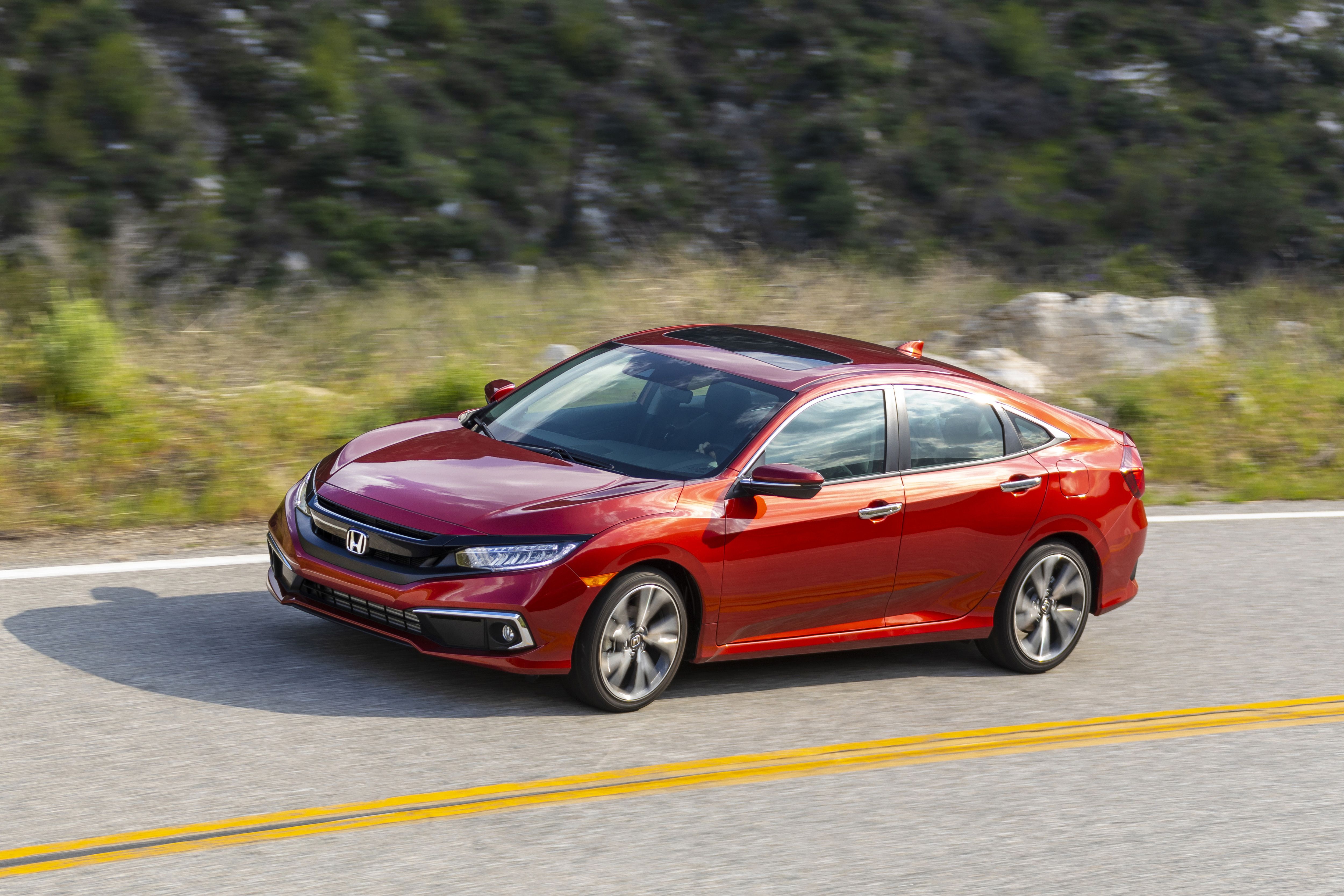Honda is known for many things. Having great racing history, making engines for land, sea, and air, as well as their reliable, economical, and cleverly-designed vehicles, like the Civic. One thing they are not associated with is sedans.
Even though they have given us fun sporty sedans, as well as comfortable luxury sedans, they don’t seem to be a part of their definitive portfolio. The new Civic is offered in both hatchback and sedan forms, and hatchbacks are generally known to be more practical, although that’s only partially true. This begs the question, does the Civic sedan have what it takes to survive the hatchback and crossover fever?
2021 Honda Civic Sedan
- Make: Array
- Model: 2021 Honda Civic Sedan
- [do not use] Vehicle Model: Array
Drivetrain and Performance
As with the hatchback, the Civic sedan uses a 2.0-liter normally-aspirated inline-four engine with 158 horsepower and 138 pound-feet (188 Nm), or a 1.5-liter turbo-four with up to 174 horsepower and 162 pound-feet (240 Nm).
Power, as always, goes to the front wheels as well. However, when it comes to the sedan version of the Civic, you have no gearbox choices.
With the 2.0-liter normally-aspirated unit, you get a combined fuel economy of 33 mpg (7.1 l/100km). For the 1.5-liter turbocharged unit, the average fuel consumption goes up to 36 mpg (6.5 l/100km). A 12.4-gallon (47-liter) gas tank means you can get a maximum range of around 450 miles (725 km) with the 2.0-liter engine. For the 1.5-liter turbocharged unit that number is over 470 miles (760 km).
At the same time, performance is adequate. With the normally-aspirated engine, the Civic manages a 0 to 60 mph (96 km/h) time in around 8.5 seconds, while the smaller turbocharged engine achieves the sprint in 7.7 seconds, on its way to a 137 mph (220 km/h) top speed.
2021 Honda Civis Sedan specifications
|
Engine Type |
In-Line 4-Cylinder |
In-Line 4-Cylinder with Turbocharger |
|---|---|---|
|
Boost Pressure |
|
16.5 psi |
|
Displacement |
1996 cc |
1498 cc |
|
Horsepower (SAE net)1 |
158 @ 6500 rpm |
174 @ 6000 rpm |
|
Torque (SAE net)2 |
138 lb-ft @ 4200 rpm |
162 lb-ft @ 1700-5500 rpm |
|
Bore and Stroke |
86.0 mm / 85.9 mm |
73.0 mm / 89.5 mm |
|
Compression Ratio |
10.8 : 1 |
10.6 : 1 |
|
0 to 60 mph |
8.5 seconds |
7.7 seconds |
|
Top Speed |
130 mph |
137 mph |
Exterior
In the front, the Civic sedan is essentially the same as the hatchback. However, the front bumper is where we see a difference. The hatchback features more aggressive styling, with a more pronounced front splitter and bigger side vents. On the other hand, the sedan features a more elegant front bumper design, with smaller side vents that seamlessly merge with the center grille, leaving the impression that it is a single piece.
Although exterior-wise the hatchback and sedan Civic are noticeably different, the sloped rear end of the sedan could fool some into believing it’s actually a hatchback. That said, the trunk lid is a separate piece from the rear window, which does not open like it would in a typical hatchback. That said, the sedan’s rear features almost the exact same design cues as its hatchback counterpart, having the exact same taillight design.
The hatchback features a more pronounced rear spoiler that bridges the two taillights together, whereas the sedan simply features a subtle ducktail on the trunk lid. The rear bumper of the sedan also features smaller “vents”, compared to its hatchback counterpart. The exhaust pipes are hidden underneath the bumper, which is more subtle than the hatchback’s dual center exhaust.
The side is where the two body types really differ. The sedan boasts a sleeker, more elegant design than the hatchback, and is actually 182.7 inches (4,648 mm) long, which is significantly longer than its hatchback counterpart which is 178 inches (4,518 mm) long.
The width is identical at 70.9 inches (1,799 mm). The hatchback also boasts a sportier side sill, with a black gloss trim at the bottom, unlike the sedan, which features a more subtle design. Overall, it’s clear that the sedan is the more serious car, design-wise. It’s more restrained in terms of exterior styling and features a sleeker more elegant silhouette.
Depending on the trim the Civic sedan comes with either 16, 17, or 18-inch wheels, wrapped in 205/55 HR16, 205/50HR17, and 235/40WR18 size tires respectively.
2021 Honda Civic Sedan exterior dimensions
|
Wheelbase |
106.3 in |
|---|---|
|
Length |
182.7 in |
|
Height |
55.7 in |
|
Width |
70.9 in |
|
Track (front/rear) |
60.9 in / 61.5 in |
Interior
Needless to say, the sedan and hatchback have identical dashboard layouts. The dashboard layout is very tidy and every button is logically laid-out, making most functions easy to use. The infotainment system has a 7-inch touchscreen and runs on Android. It is a bit rudimentary compared to some of the other offerings in the segment. It does come with Android Auto and Apple CarPlay as standard, which means you can, for the most part, avoid using the infotainment system if you so choose.
It's worth talking about the rear section of the passenger compartment, as this is what’s important in a sedan. Being 5.1 inches (130 mm) longer, the sedan should offer more interior space, or at the very least more trunk space. Not quite. Because of its swooping roofline, the sedan is slightly less generous in terms of headroom, with 37.1 inches (942 mm). At the same time legroom is 37.4 inches (950 mm). Cargo space is generous at 18.3 cubic feet (519 liters).
Price
Price-wise the Civic has always been one of the go-to models, for those looking to buy an affordable vehicle, thanks to the brand’s image and competitive pricing in the segment. The starting price of the Civic sedan is $22,005 for the LX trim with the 2.0-liter normally-aspirated engine. The fully-loaded Touring version will set you back $29,055.
|
Trim (Engine/Trans.) |
MSRP1 |
MSRP Including $955 Destination Charge |
EPA Mileage Rating (City/Hwy/Combined) |
|---|---|---|---|
|
LX (2.0L/CVT) |
$21,050 |
$22,005 |
30/38/33 |
|
Sport (2.0L/CVT) |
$22,850 |
$23,805 |
29/37/32 |
|
EX (1.5L/CVT) |
$24,200 |
$25,155 |
32/42/36 |
|
EX-L (1.5L/CVT) |
$24,400 |
$25,355 |
32/42/36 |
|
Touring (1.5L/CVT) |
$28,100 |
$29,055 |
30/38/33 |
Competitors
Honda Civic Hatchback
It’s hard to talk about the Civic sedan without mentioning its evil twin – the Civic hatchback. Although 5.1 inches (130 mm) shorter, the hatchback is slightly more generous when it comes to second-row interior space. It offers 37.4 inches (950 mm), compared to the sedan’s 37.1 (943 mm). The hatchback offers less passenger legroom, however, at 36 inches (914 mm), versus the sedan’s 37.4 inches (950 mm). Although the hatchback is shorter, it has 22.6 cubic feet (640 liters), because it lacks the sedan’s sloped rear deck. At the same time, folding the rear seats reveals a 46.2 cubic feet (1,308 liters) cargo area. The engine choices are the same, however, with the hatchback, you can also get the six-speed manual. The Civic hatchback starts from $ 22,705.
Read our full review on the Honda Civic Hatchback
Toyota Corolla
The Japanese people’s car has long been known as an unremarkable yet reliable companion. With their new, bolder design language, it seems they aim to break the ice. A people’s car needs to have ample passenger room, even in the second row. With 37 inches (940 mm) of rear headroom, it’s at a slight disadvantage to the Civic. The same goes for Corolla’s legroom, which is 34.8 inches (884 mm). With 13.1 cubic feet (371 liters), the Corolla also has less space. The 1.8-liter normally-aspirated engine produces 139 horsepower and 126 pound-feet (171 Nm), which is less than even the base Civic engine. There is a 2.0-liter engine as well, which makes 169 horsepower and 151 pound-feet (205 Nm). EPA rating is 34.1 mpg (6.9L/100km) combined. The Corolla starts at just $ 19,600.
Read our full review on the Toyota Corolla
Conclusion
The sedan body style is nothing new to the Civic, but to bring one out now, in times where hatchbacks dominate the compact segment, is a bold move. Still, the Civic sedan, although offering slightly less practicality, balances out with a bit more comfort and restraint. It’s not trying to be a performance version, but rather a compact, comfortable cruiser. On top of that, typical for the sedan body type is the better structural rigidity that comes with additional structural elements in the back. The Civic sedan is carefully thought-out by Honda, in order to make a very strong case for the compact sedan. Honda has given us a more serious Civic, one that almost wants to be a full-size sedan.


